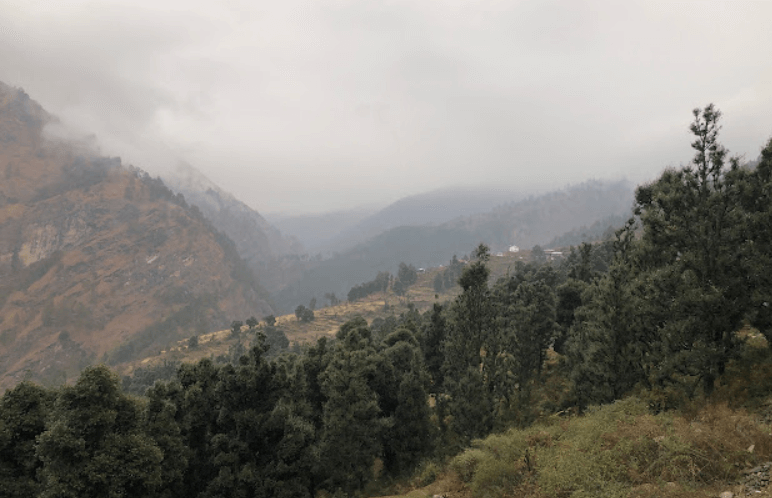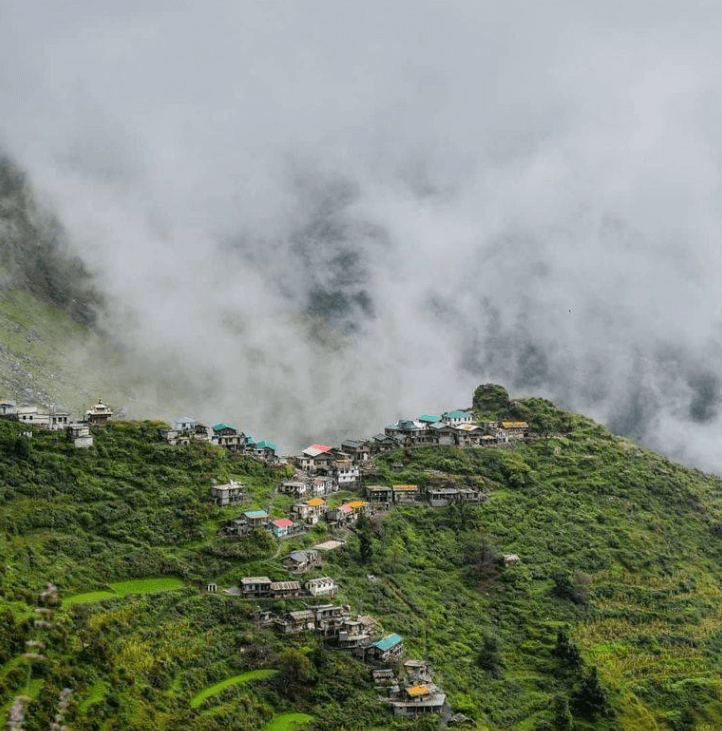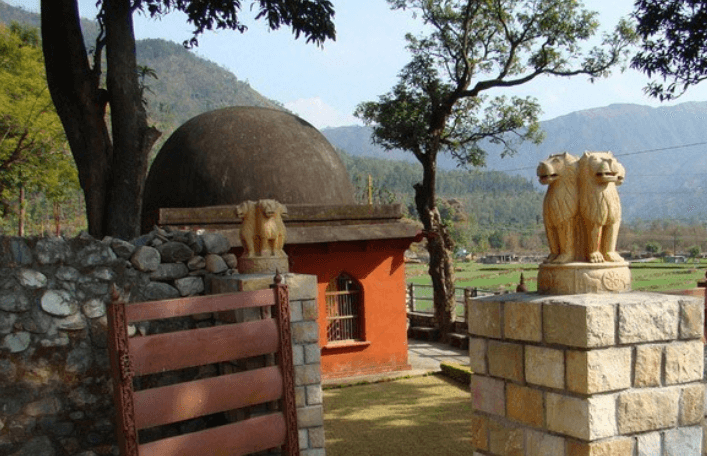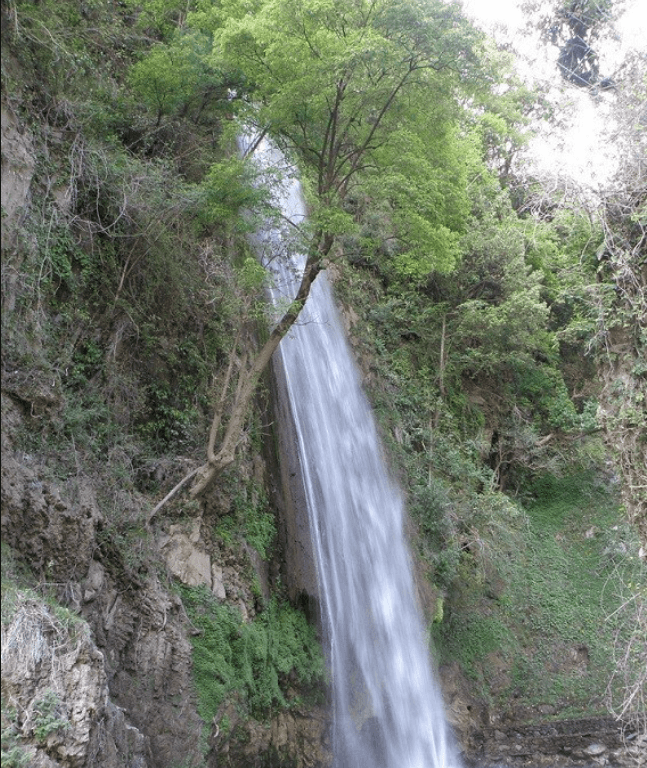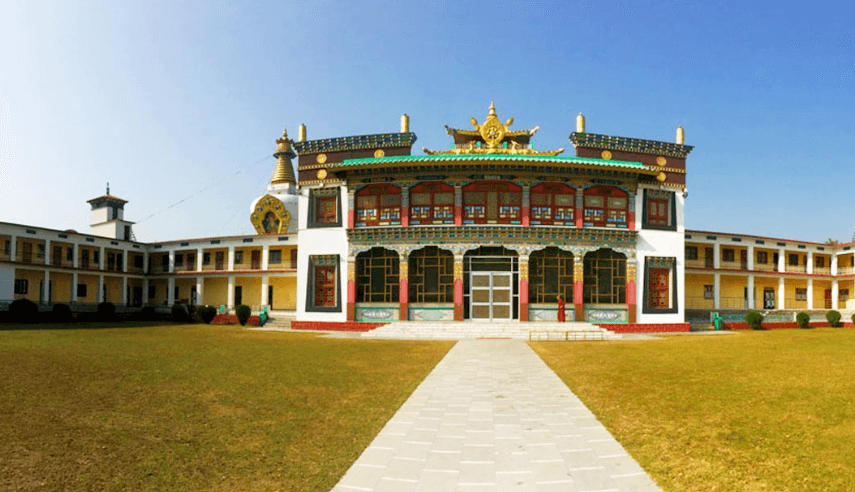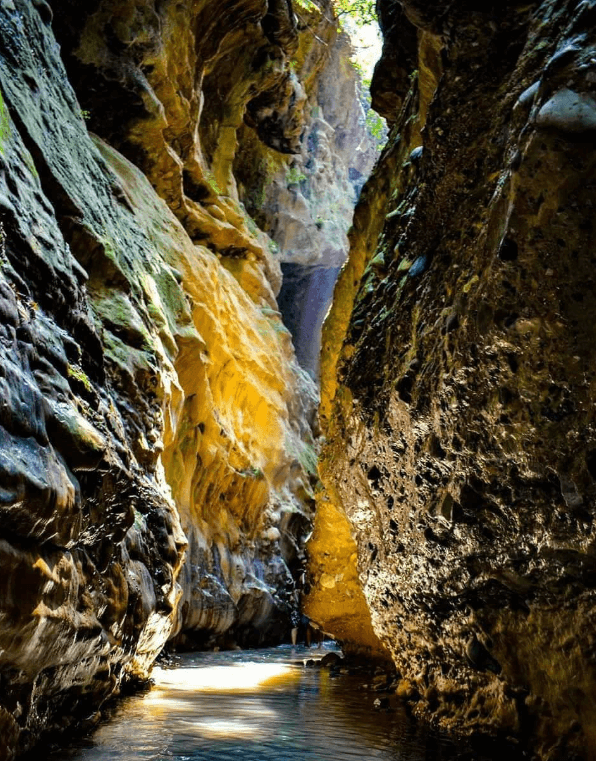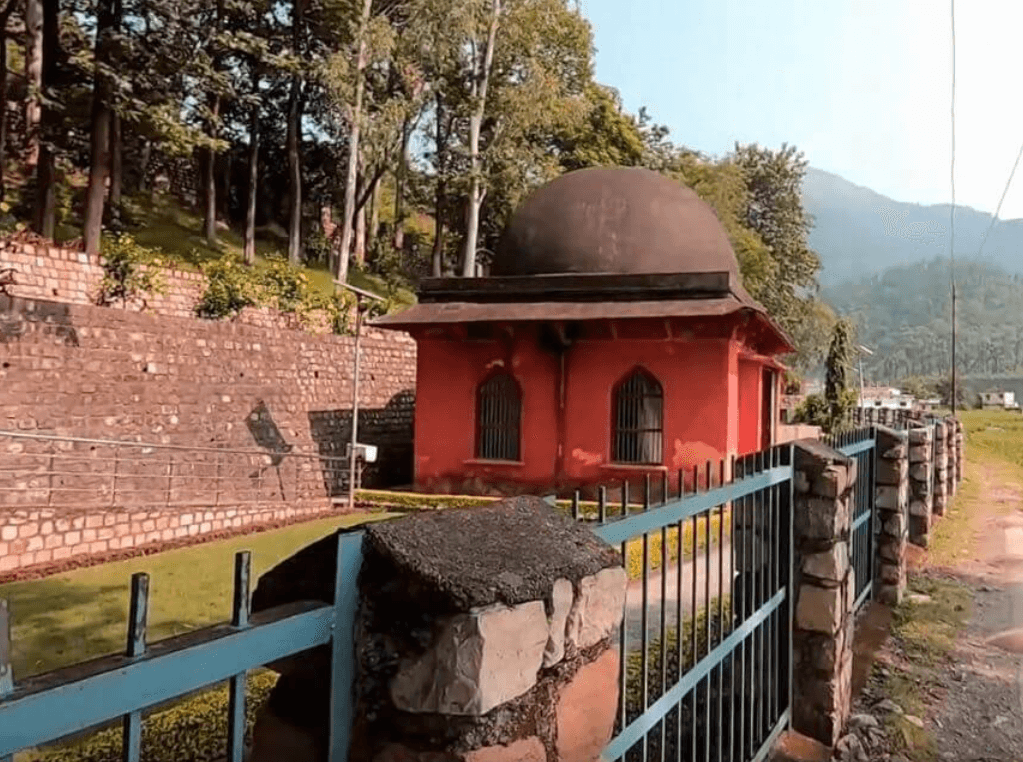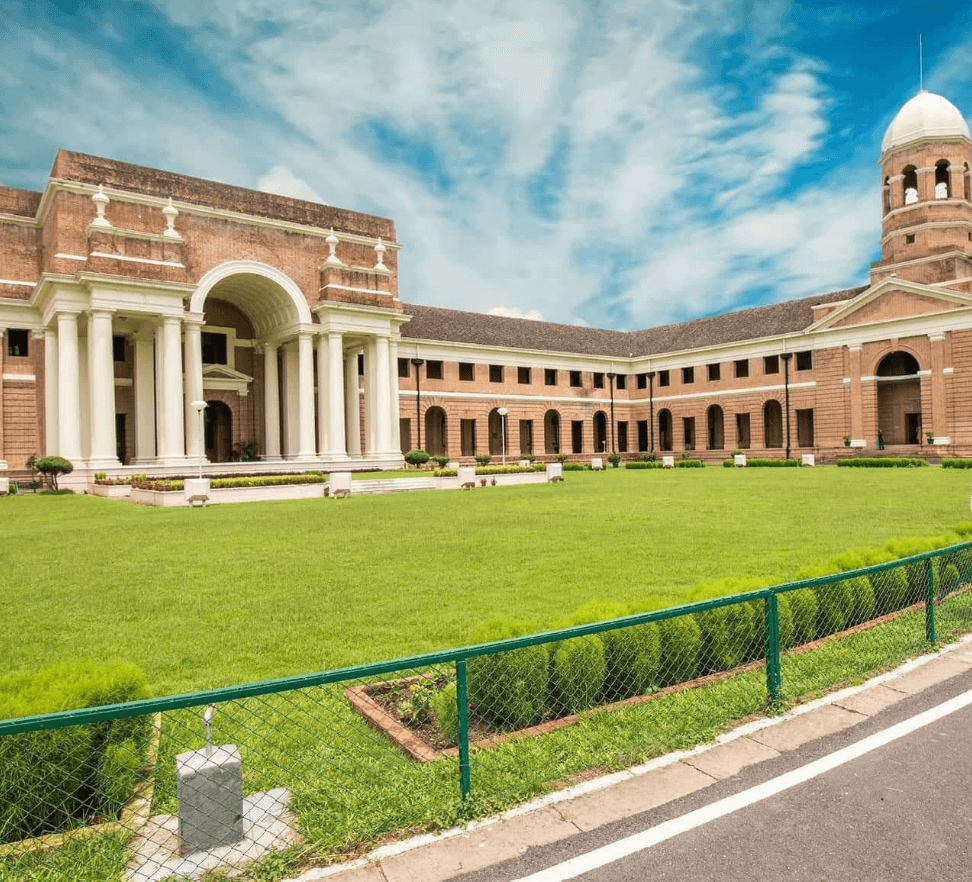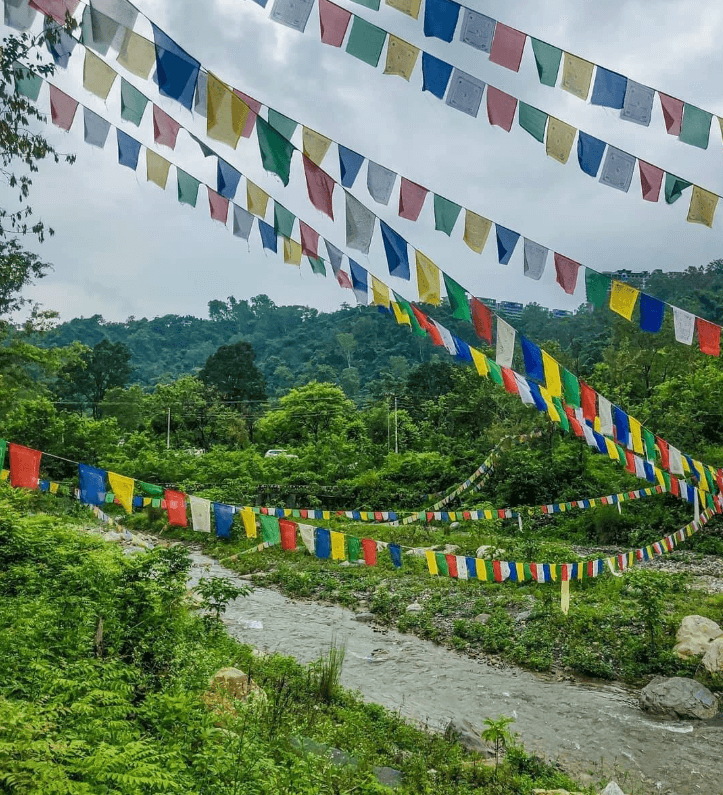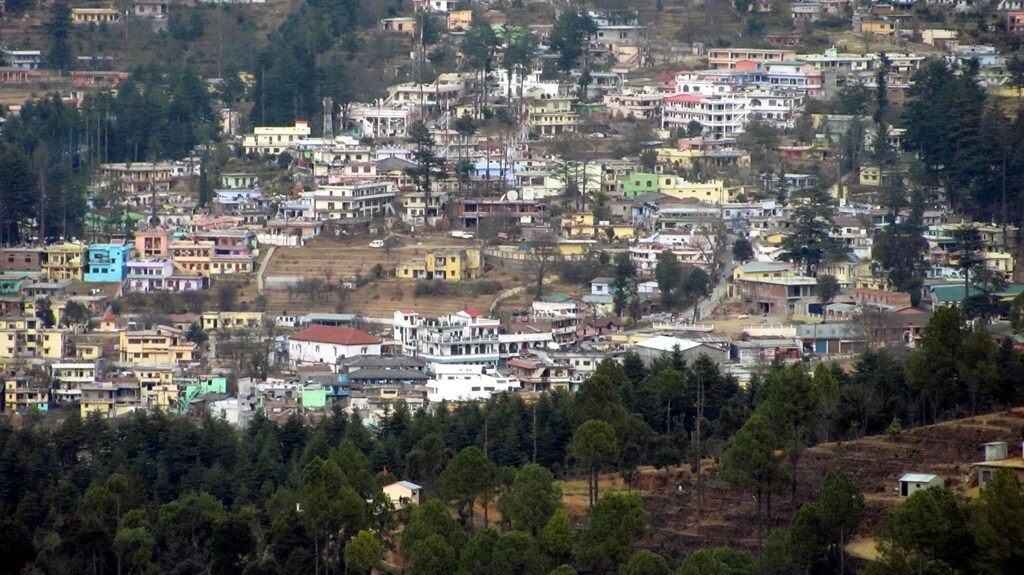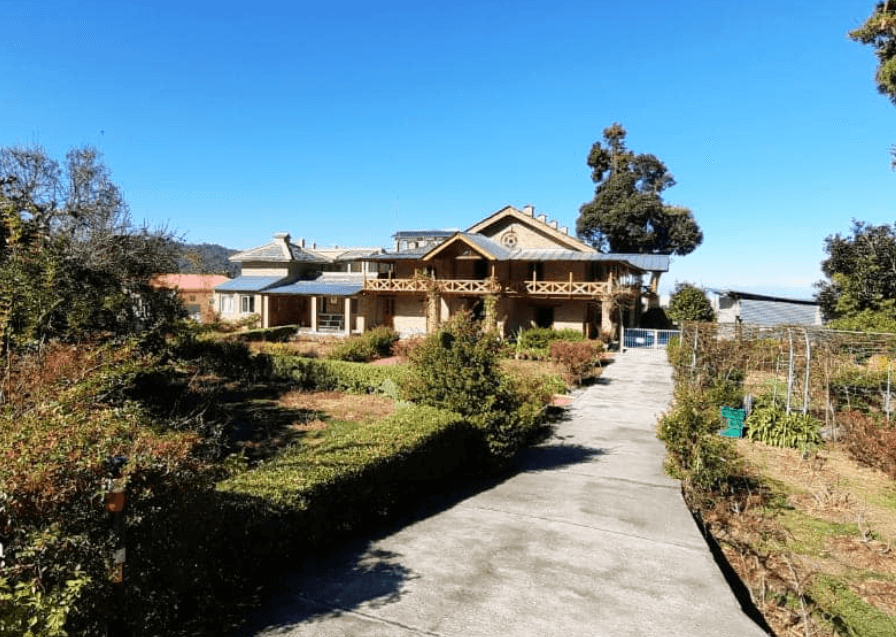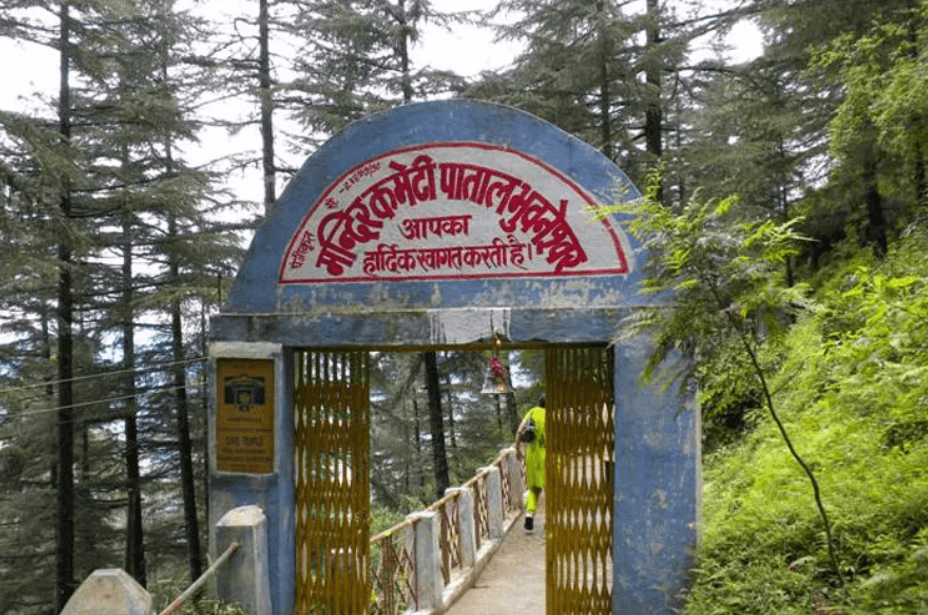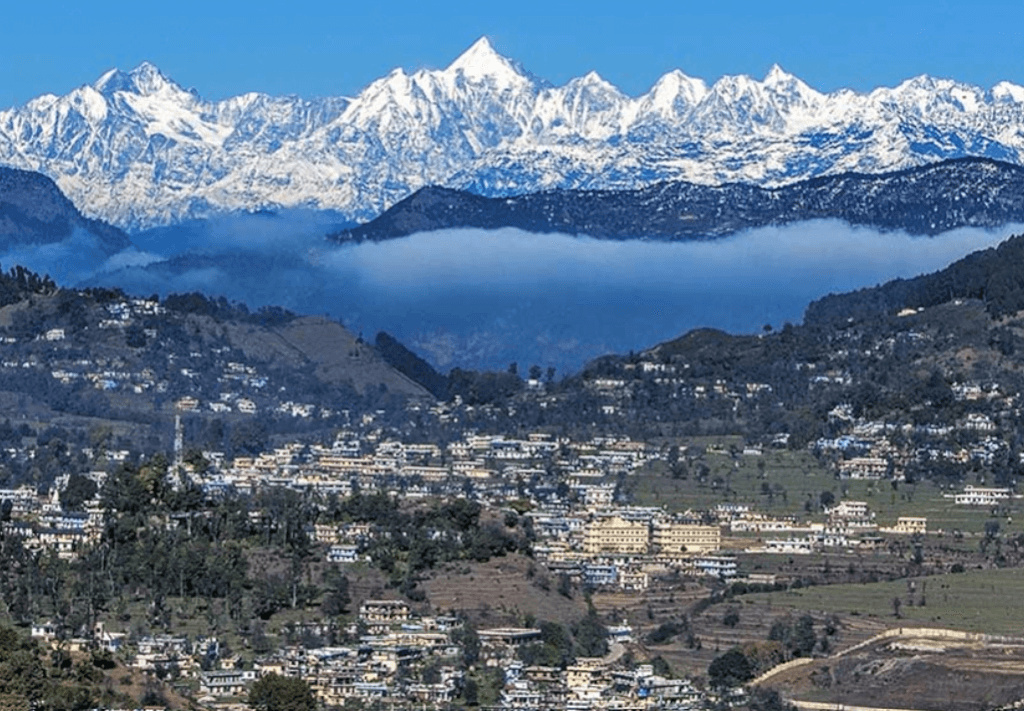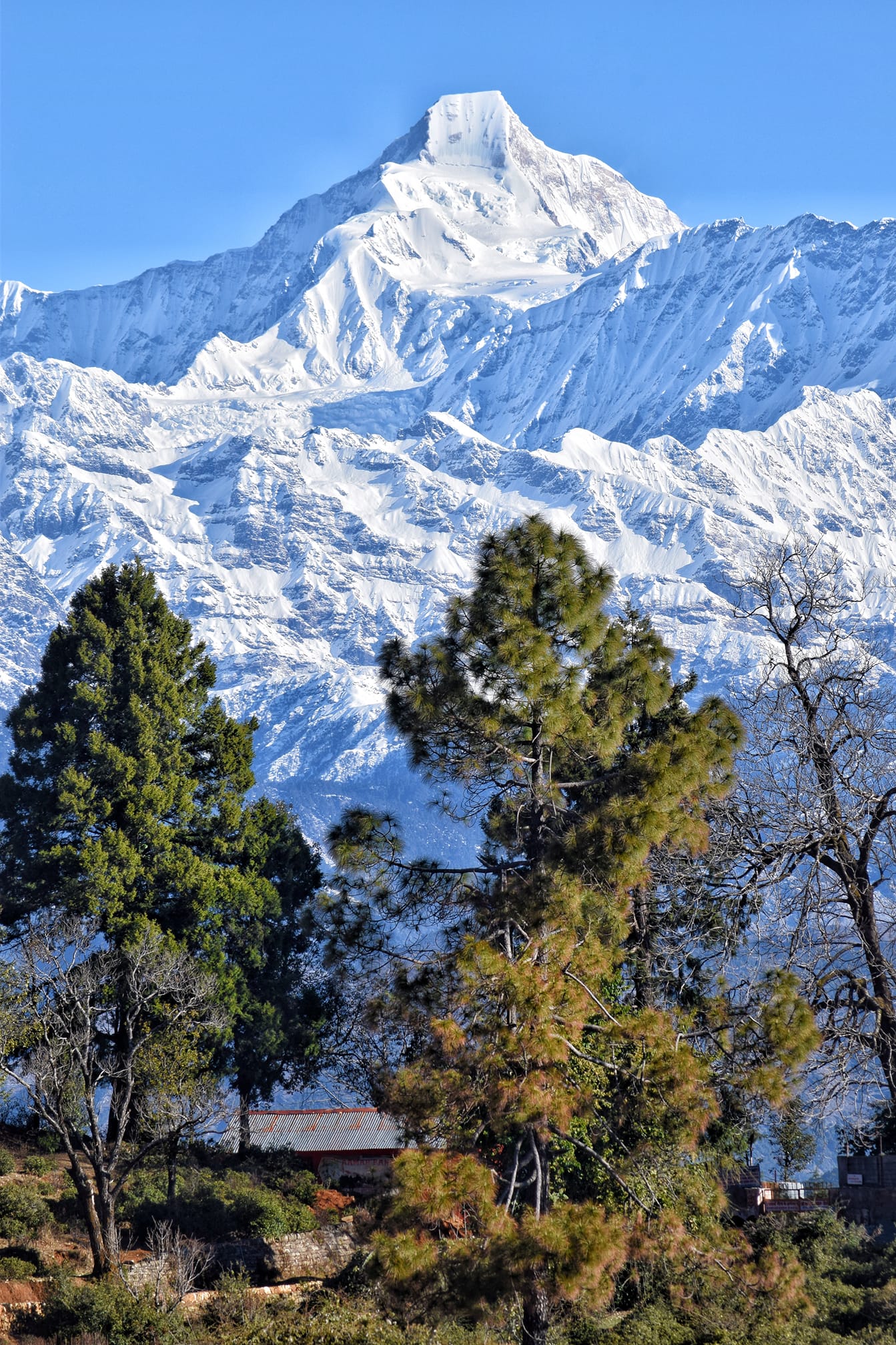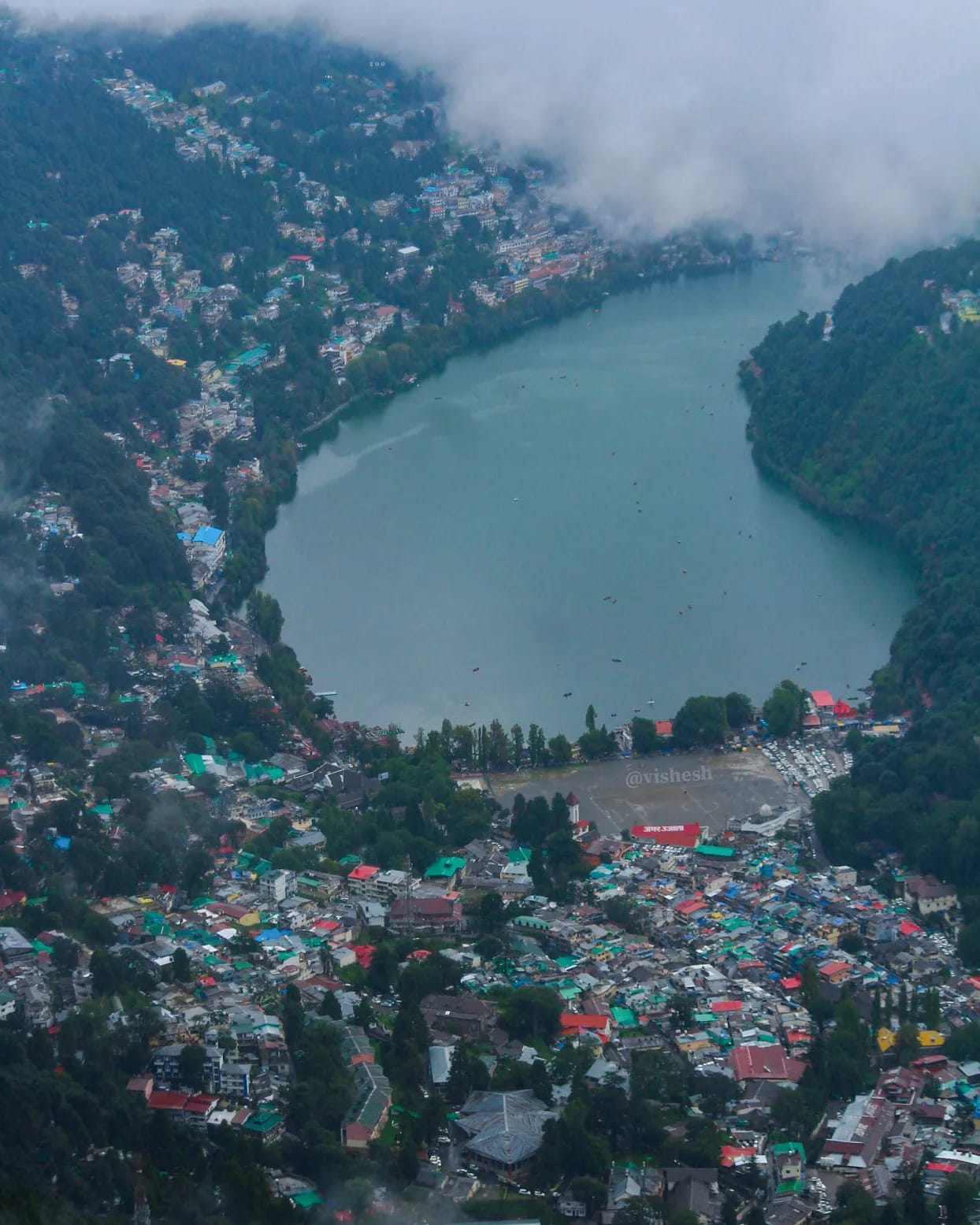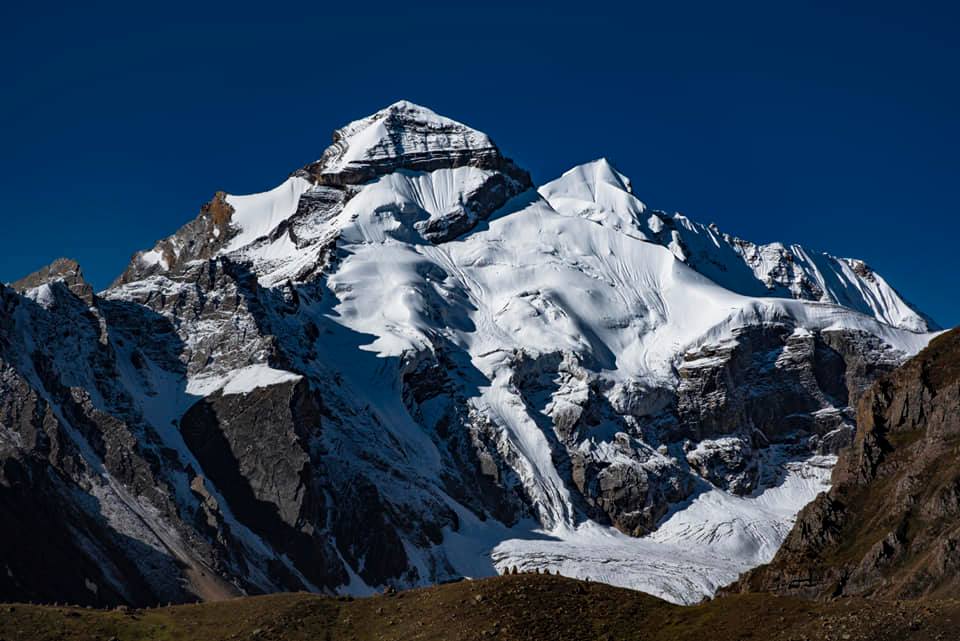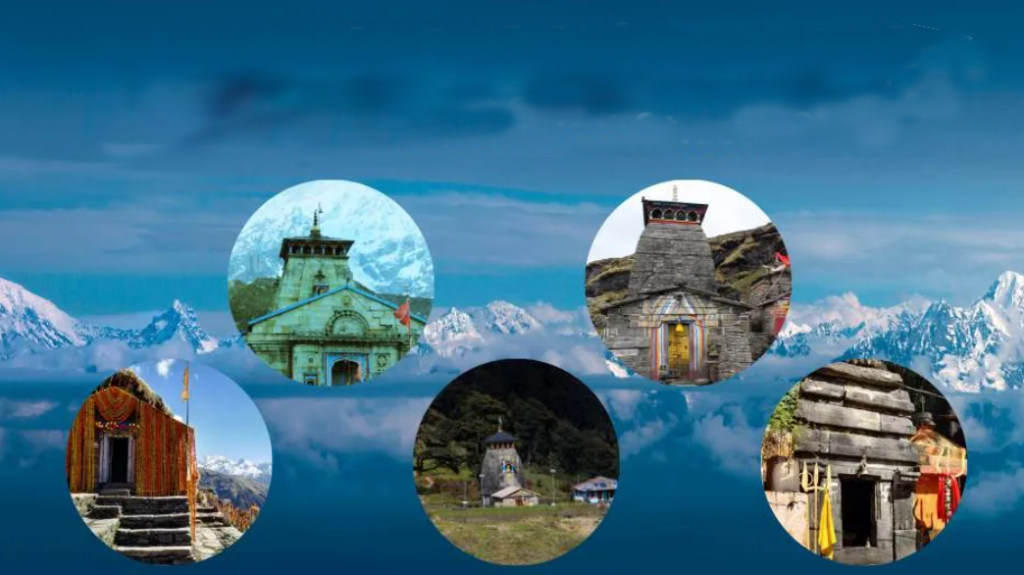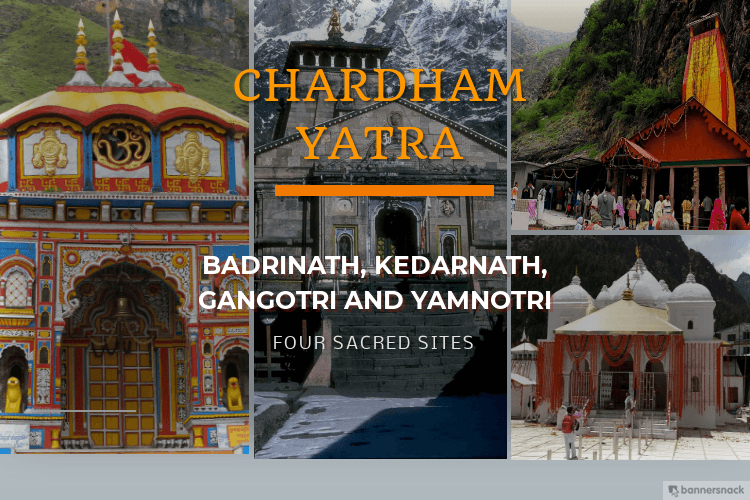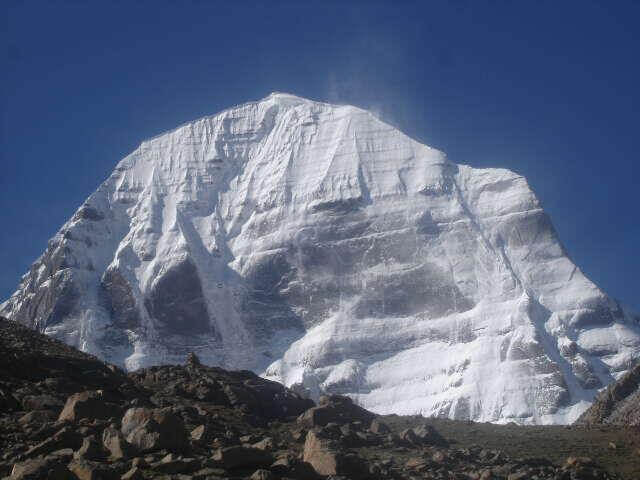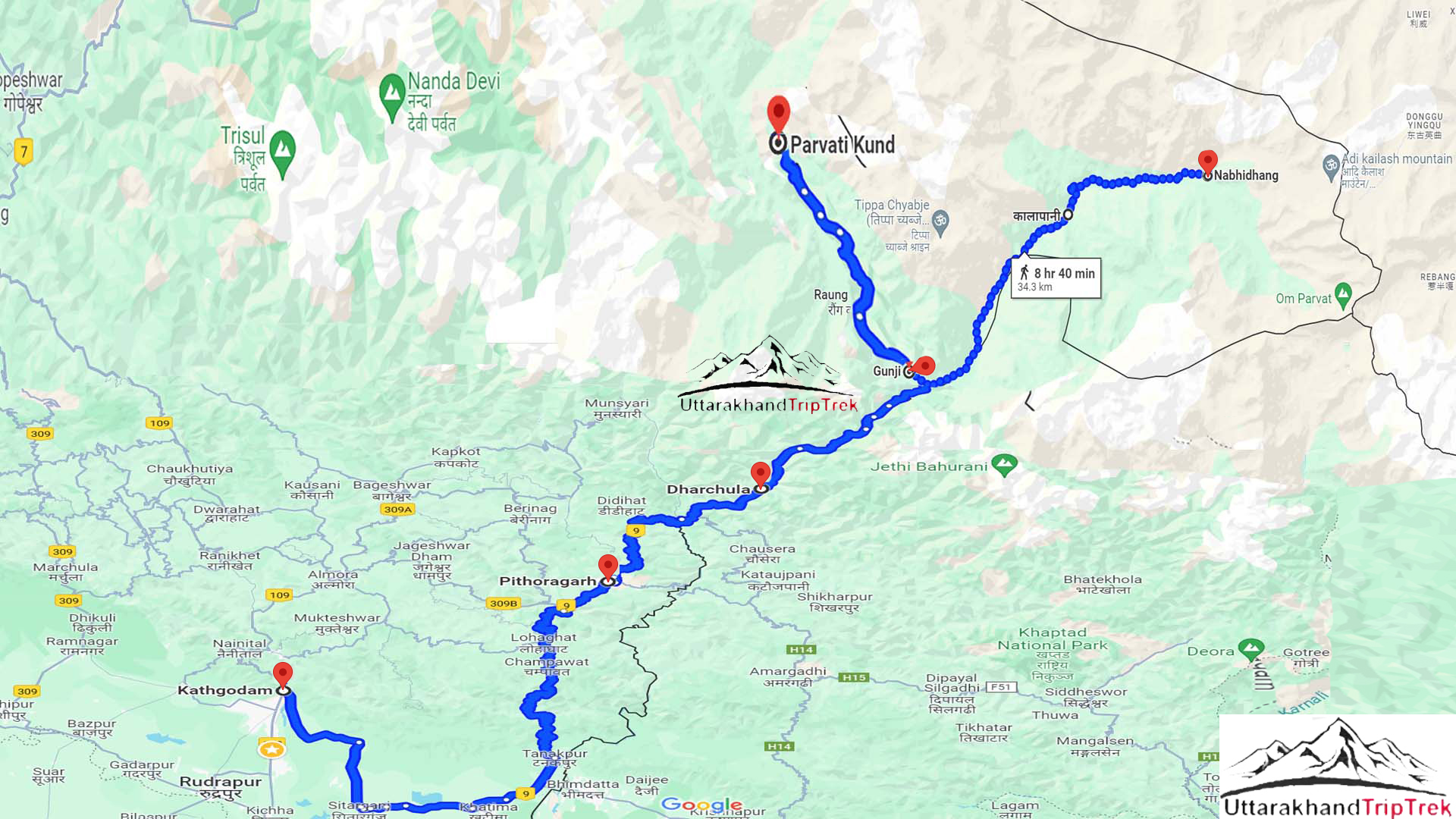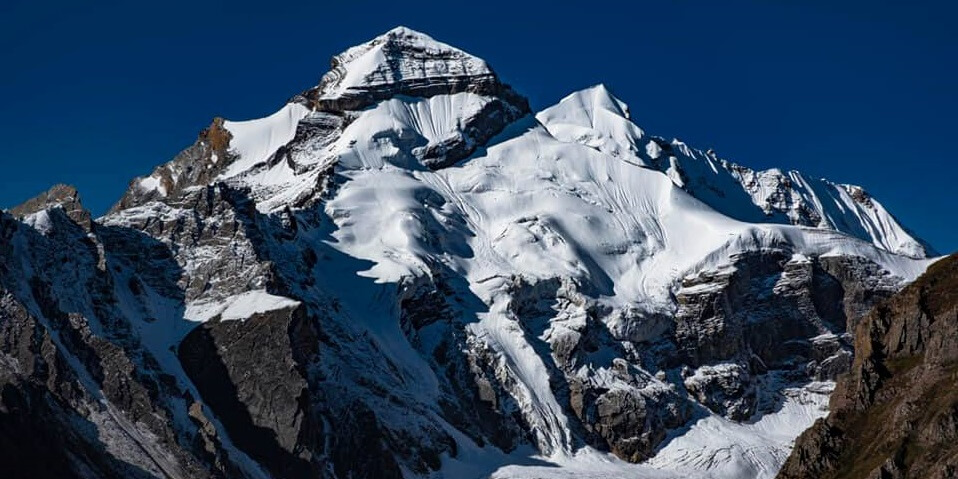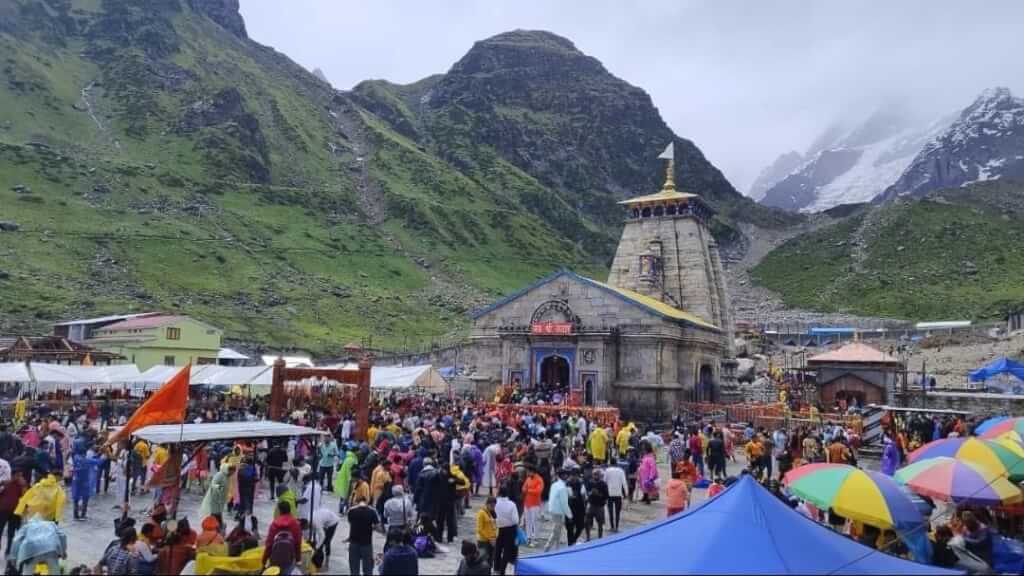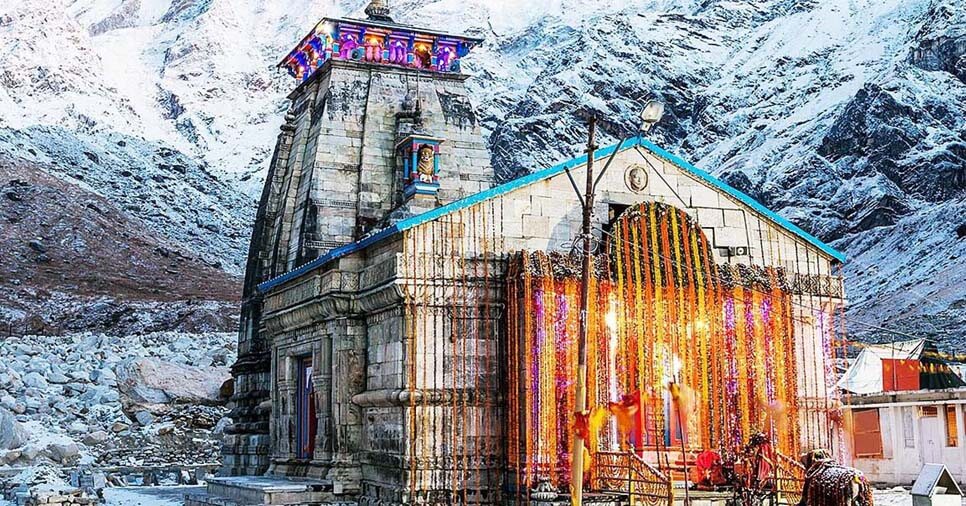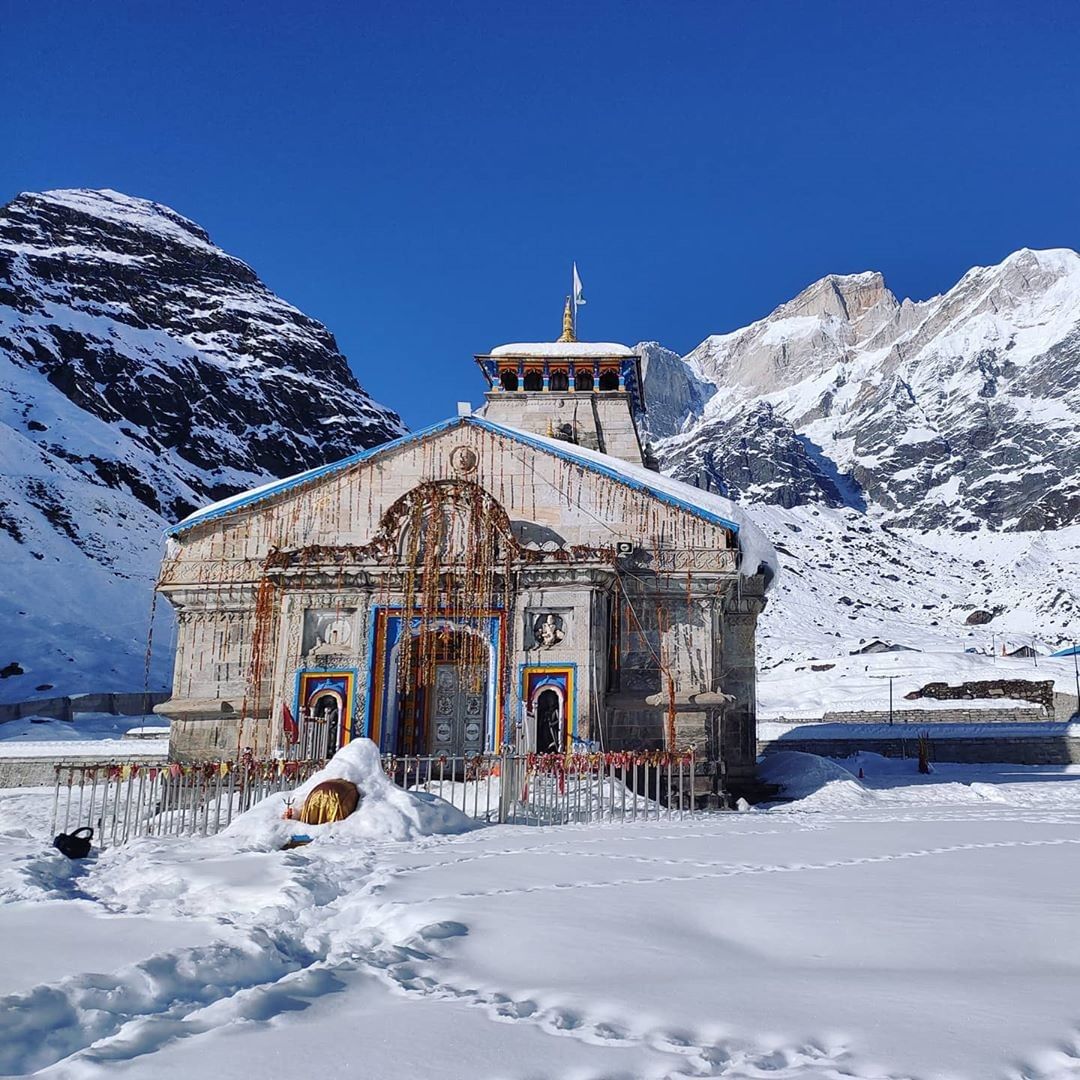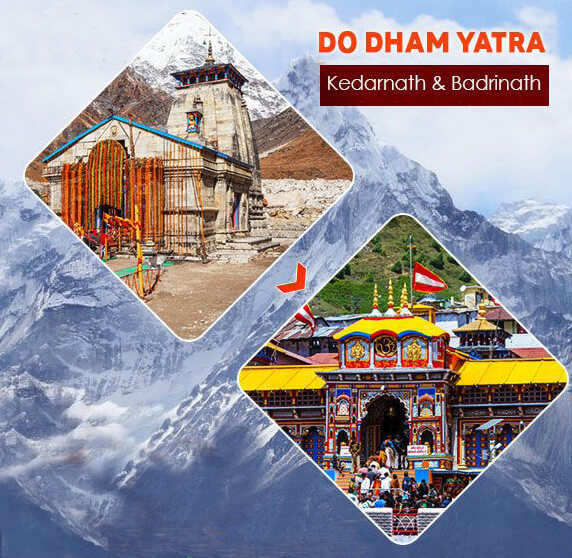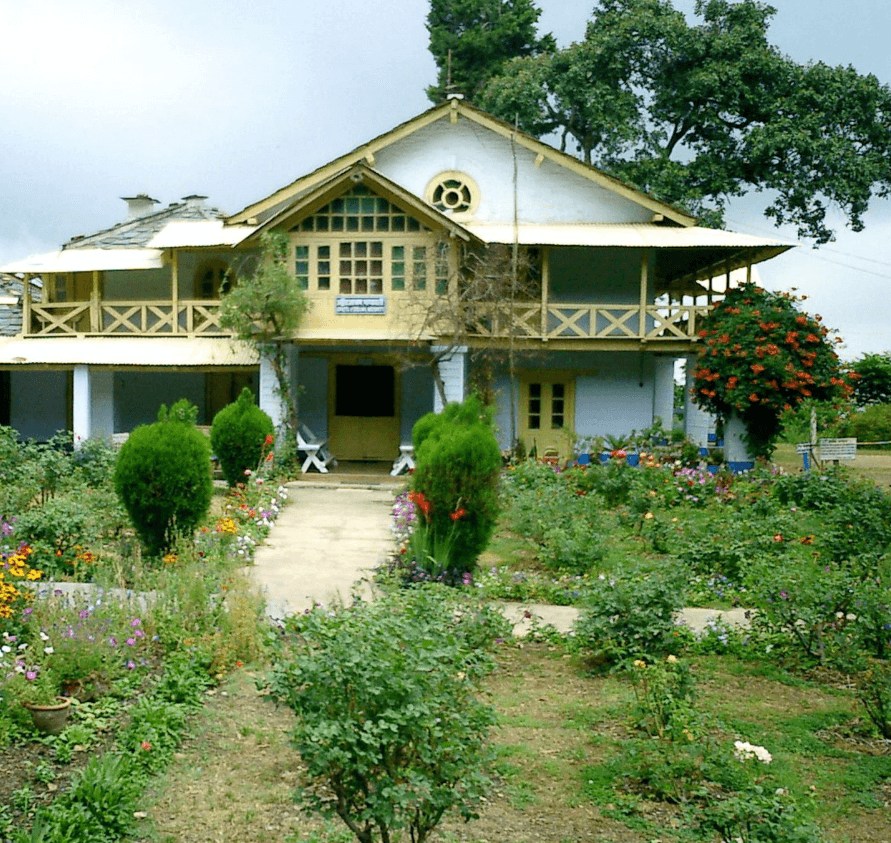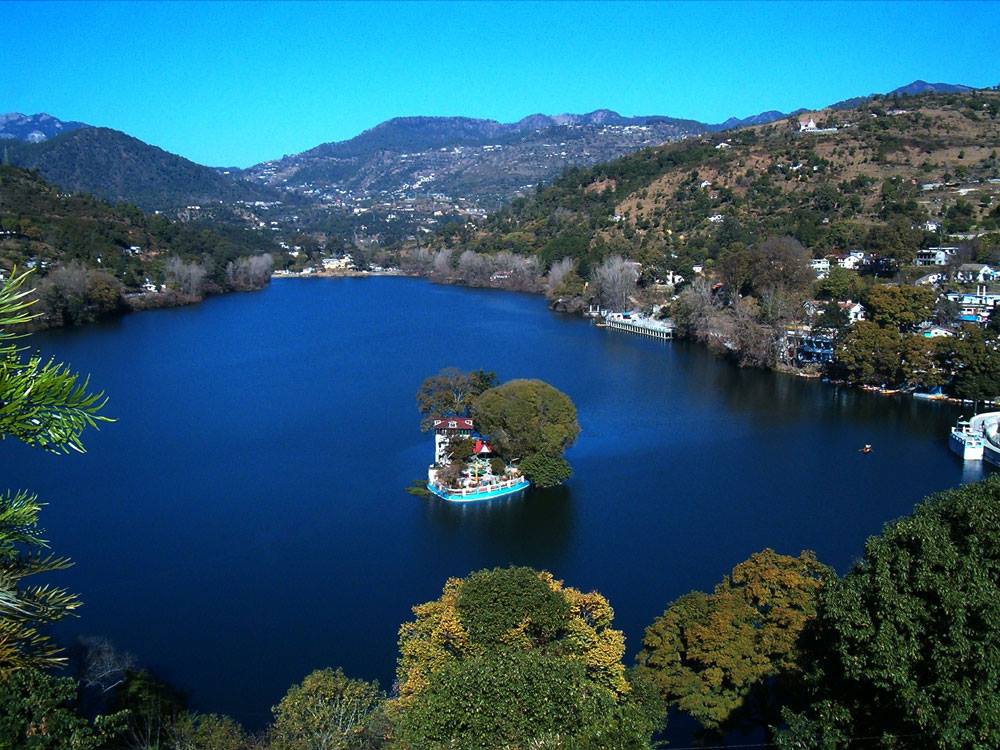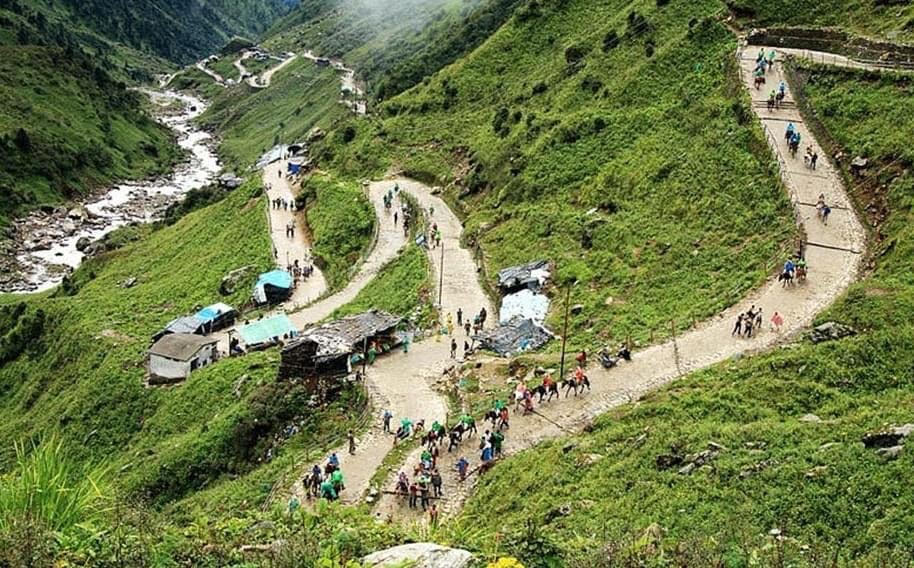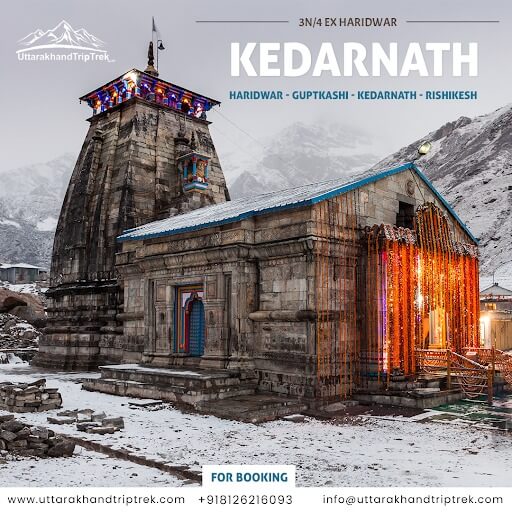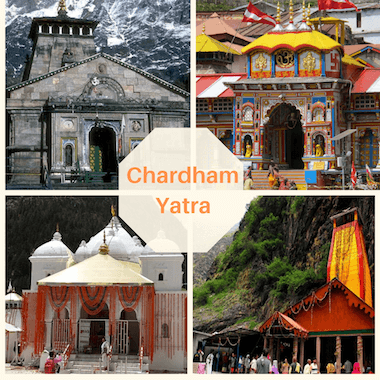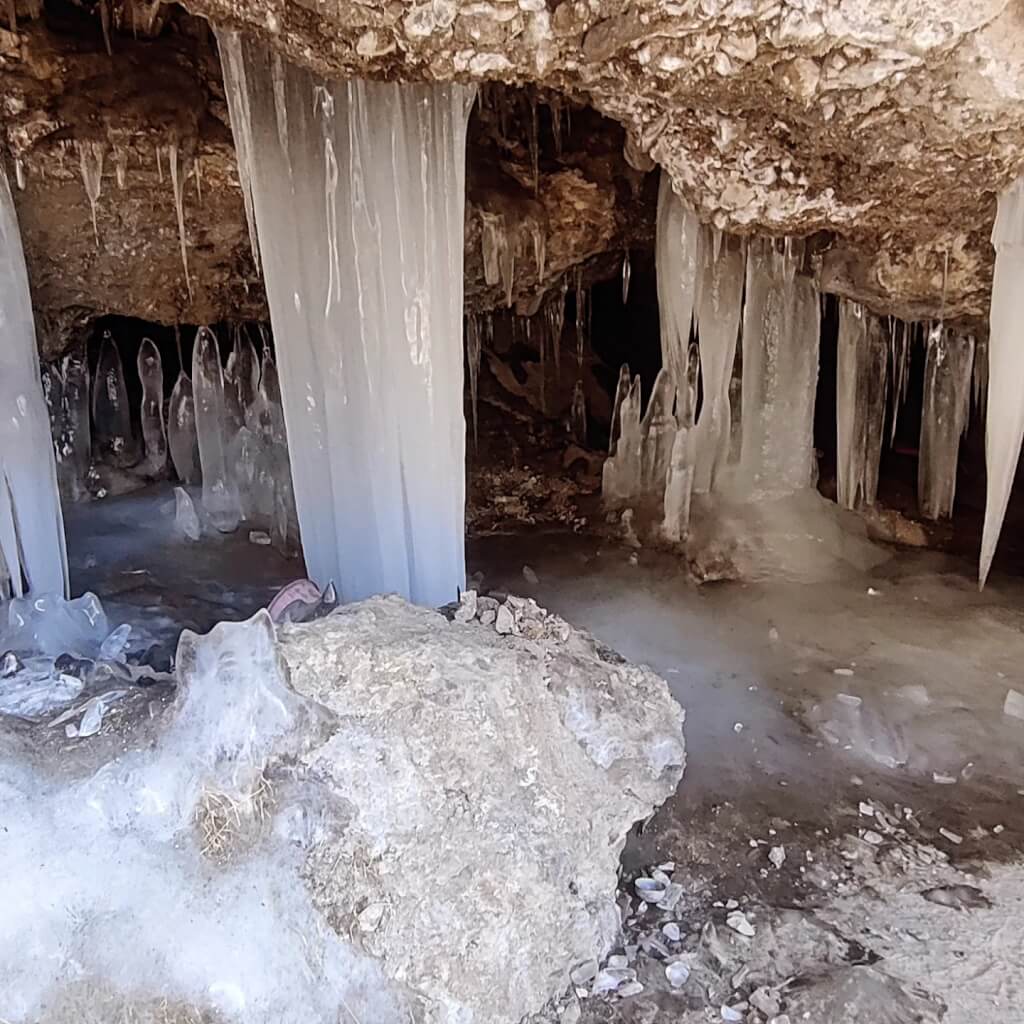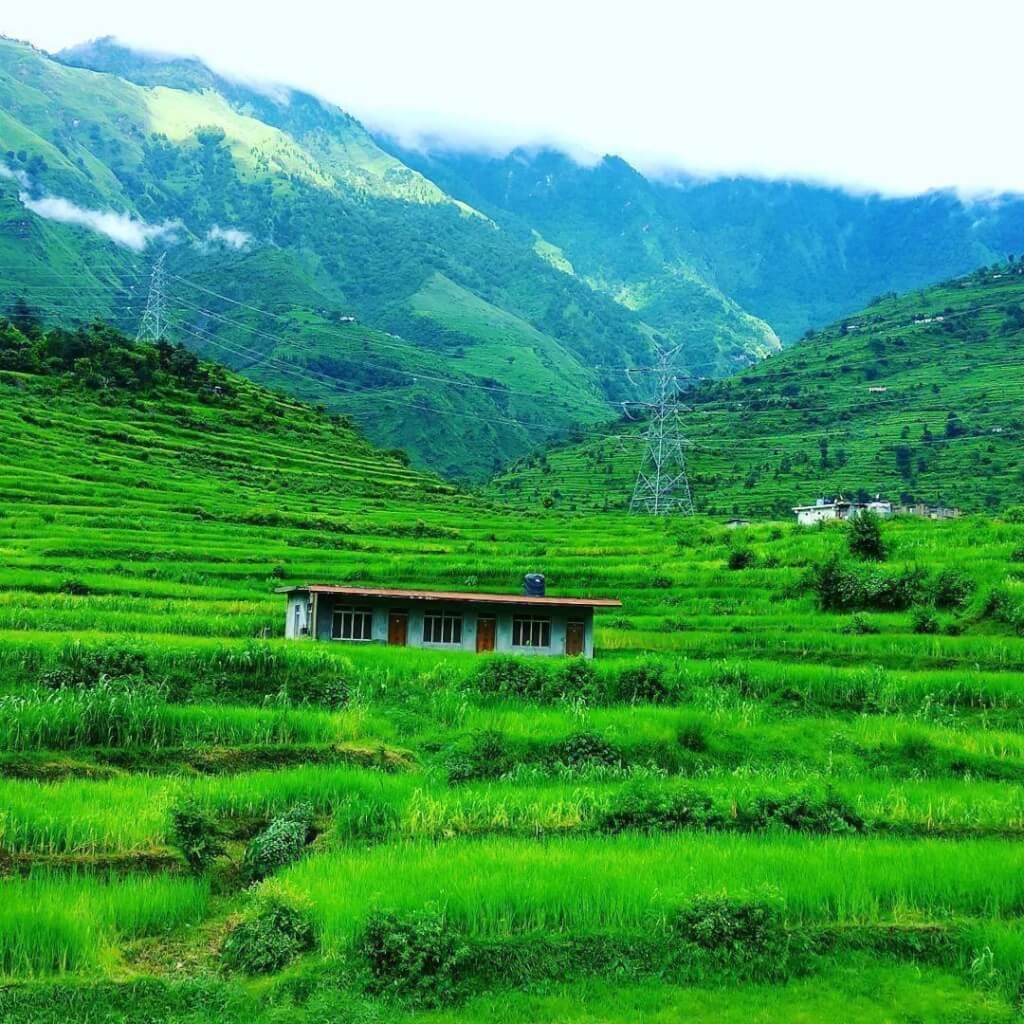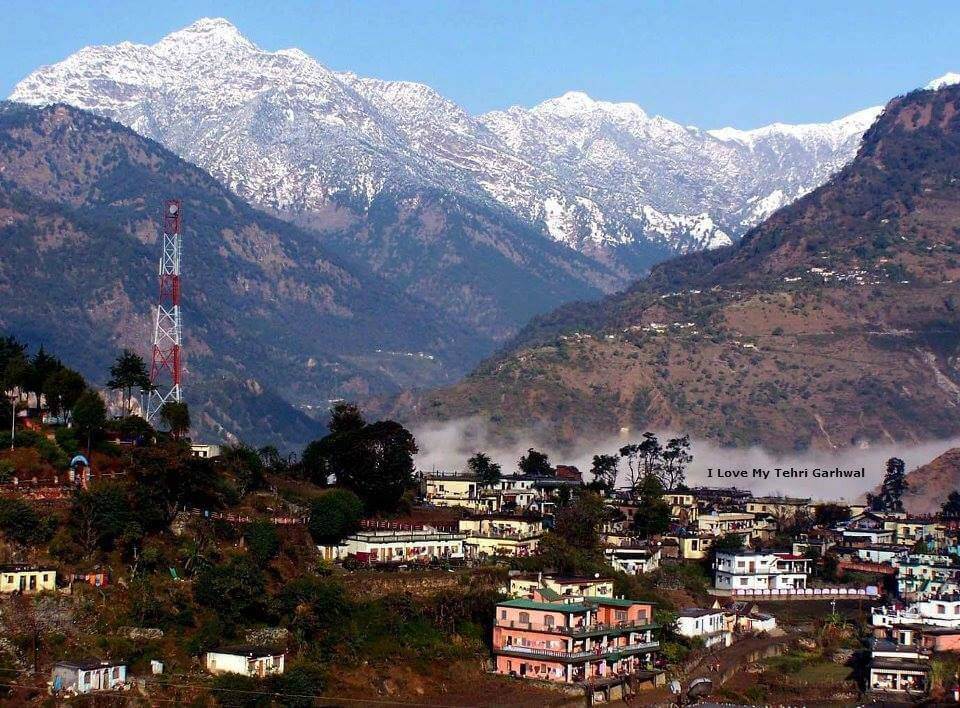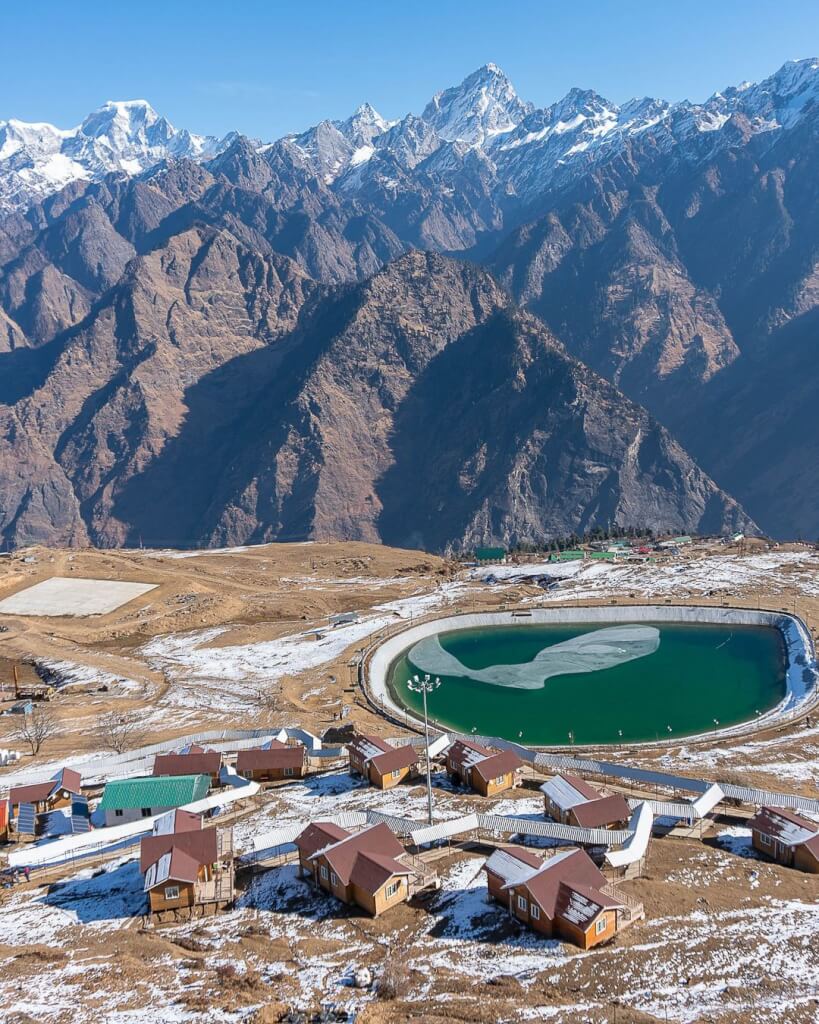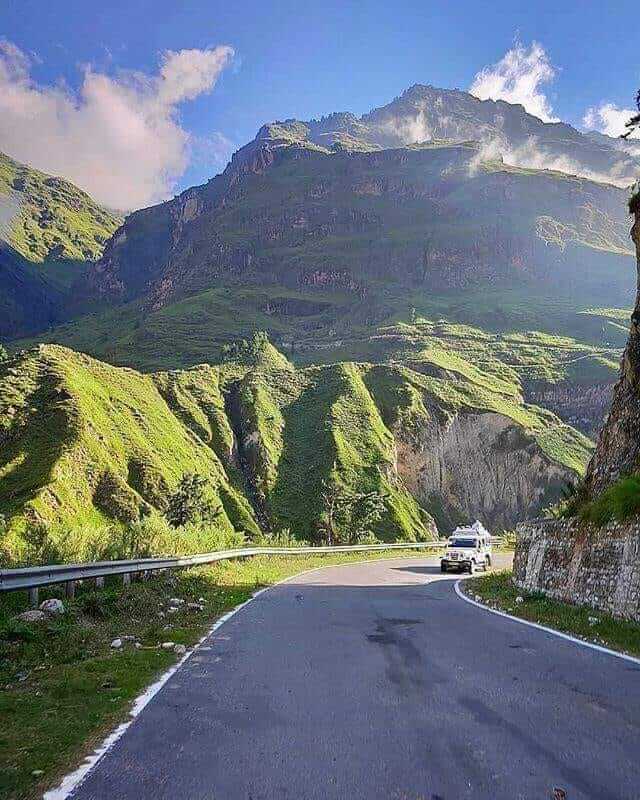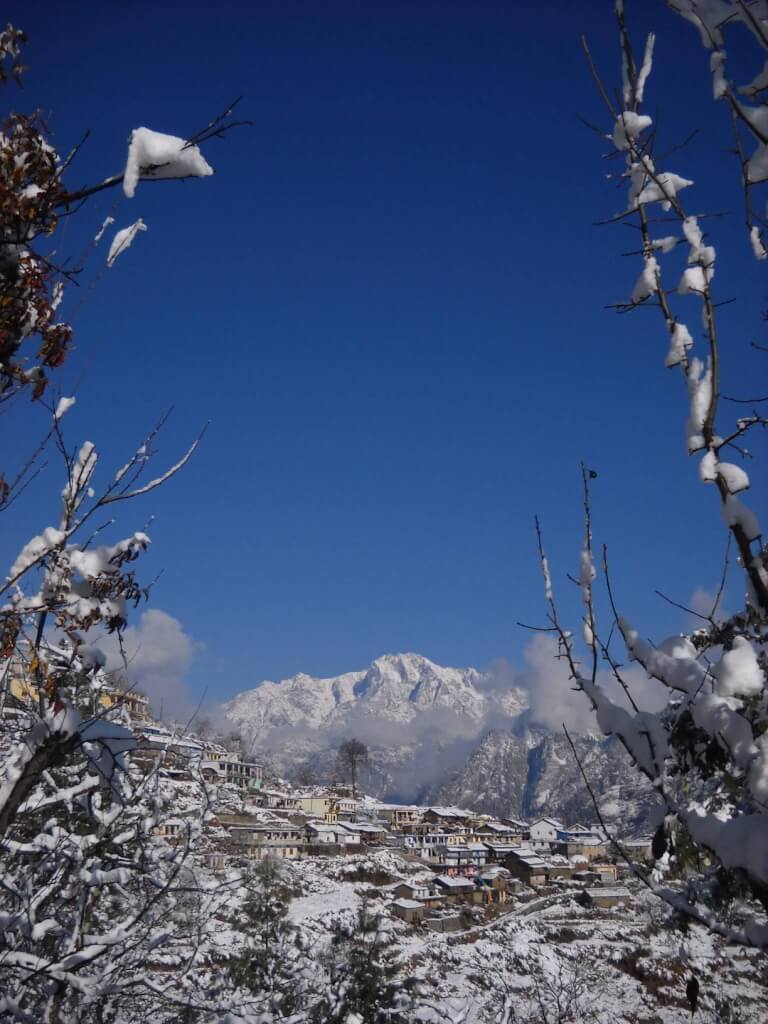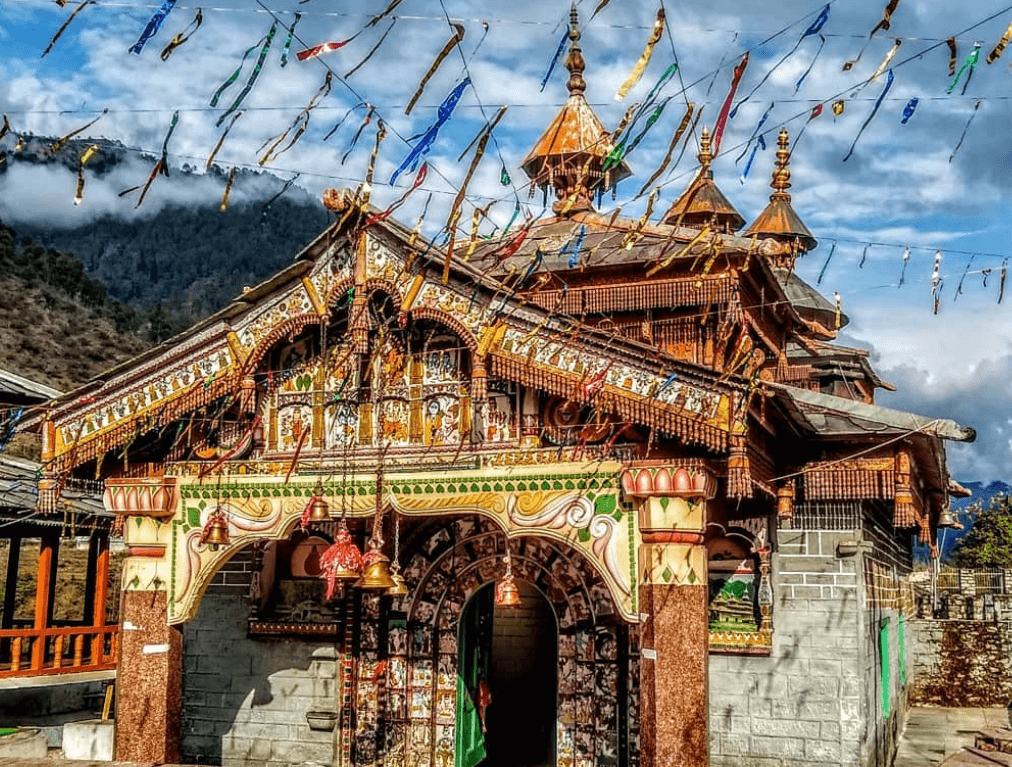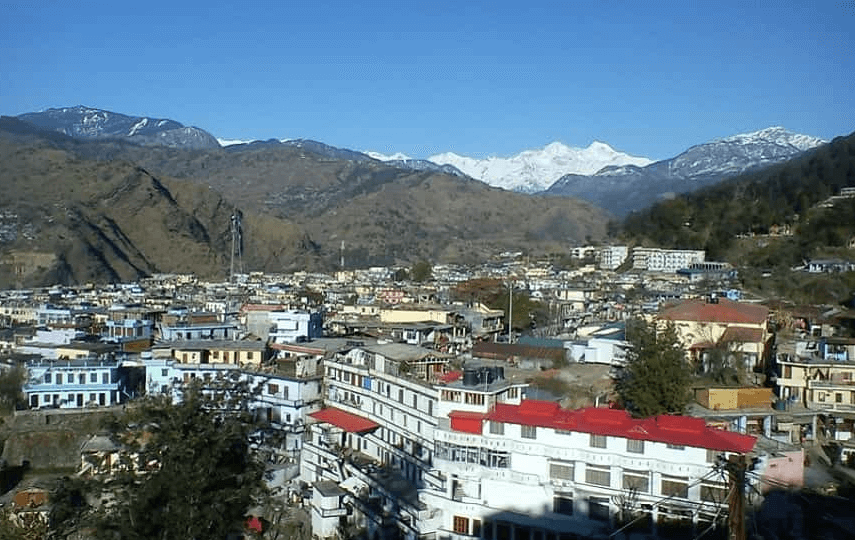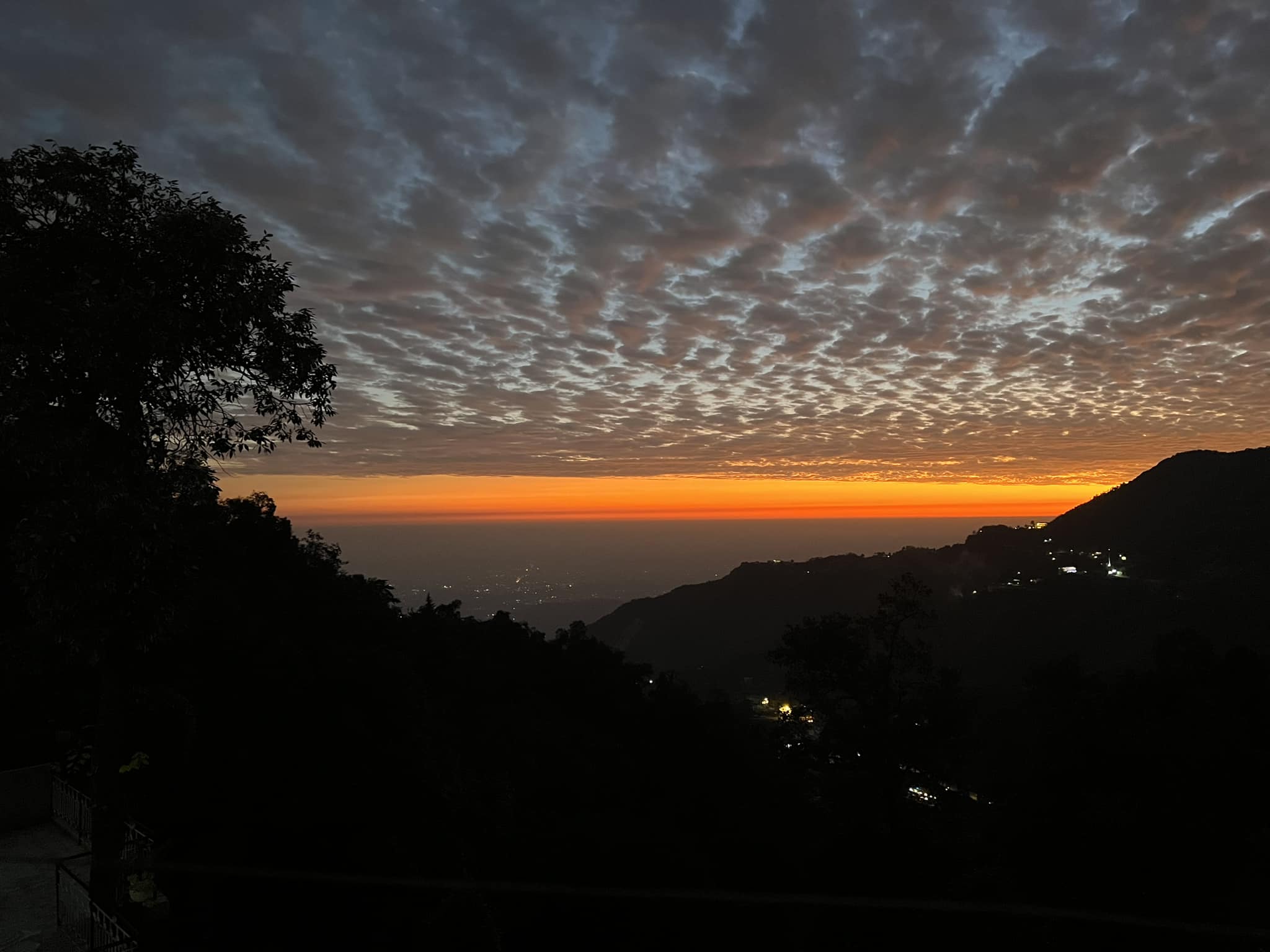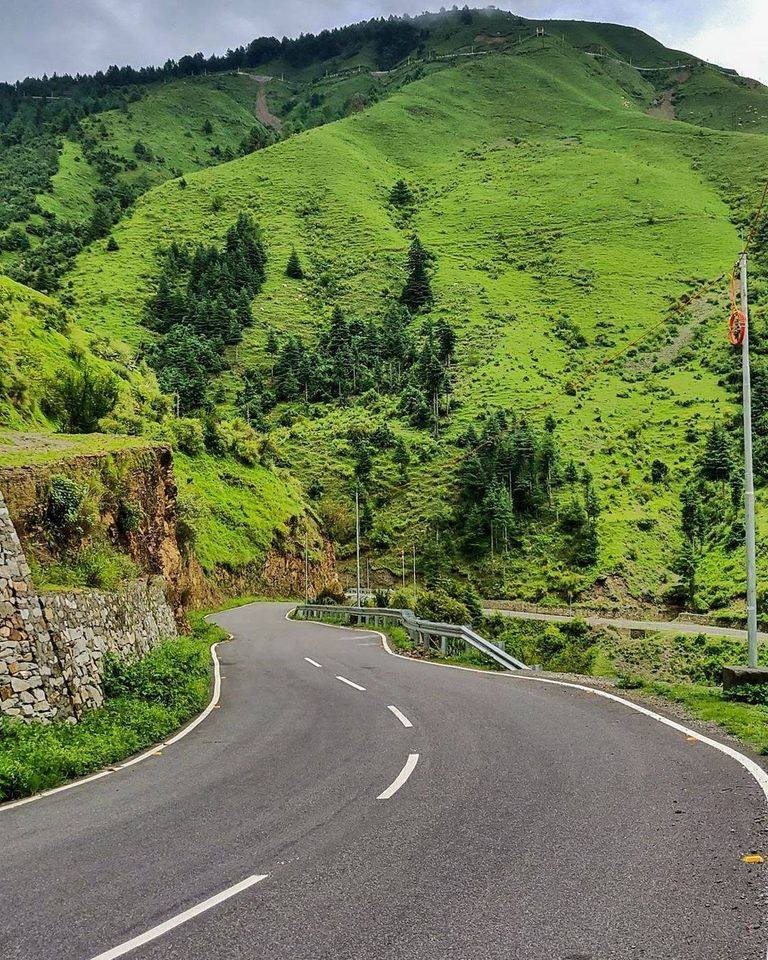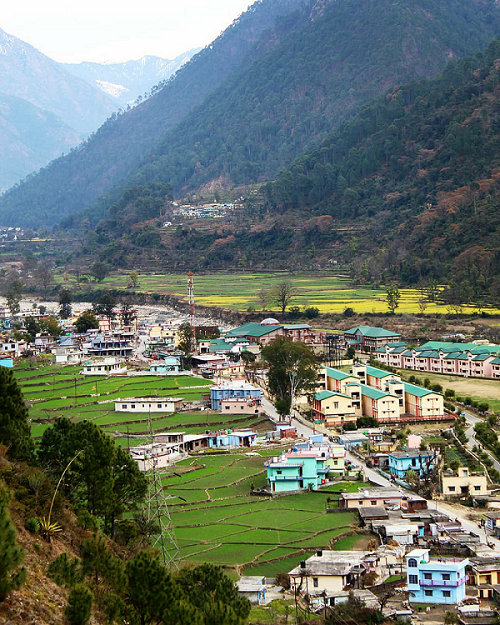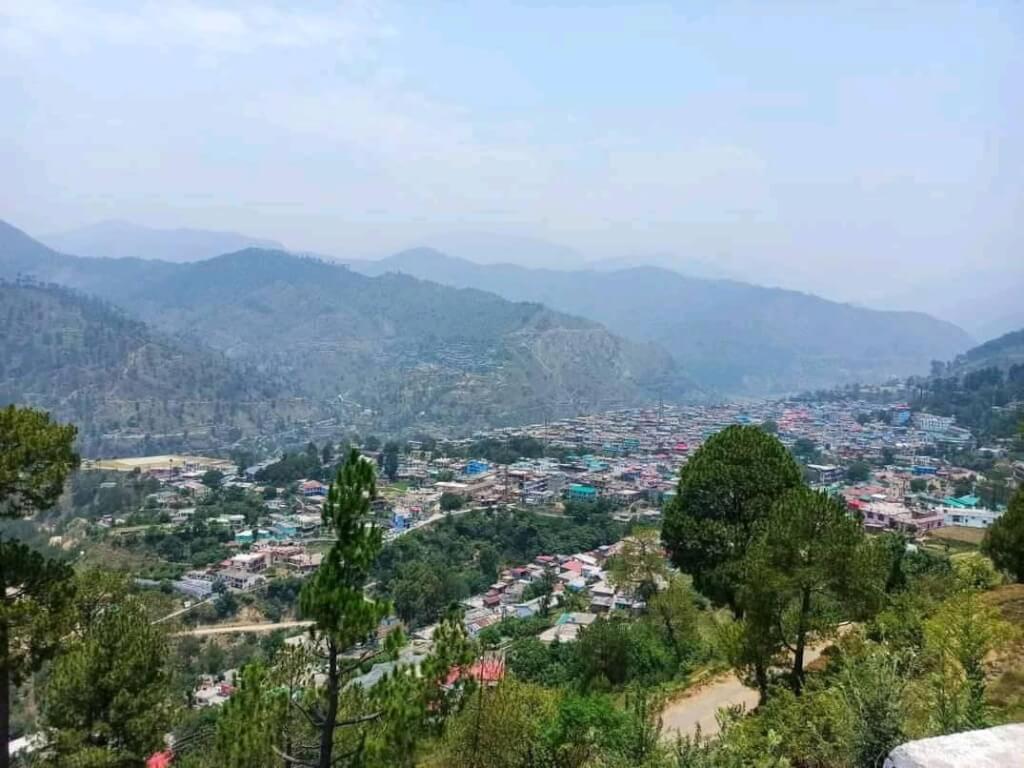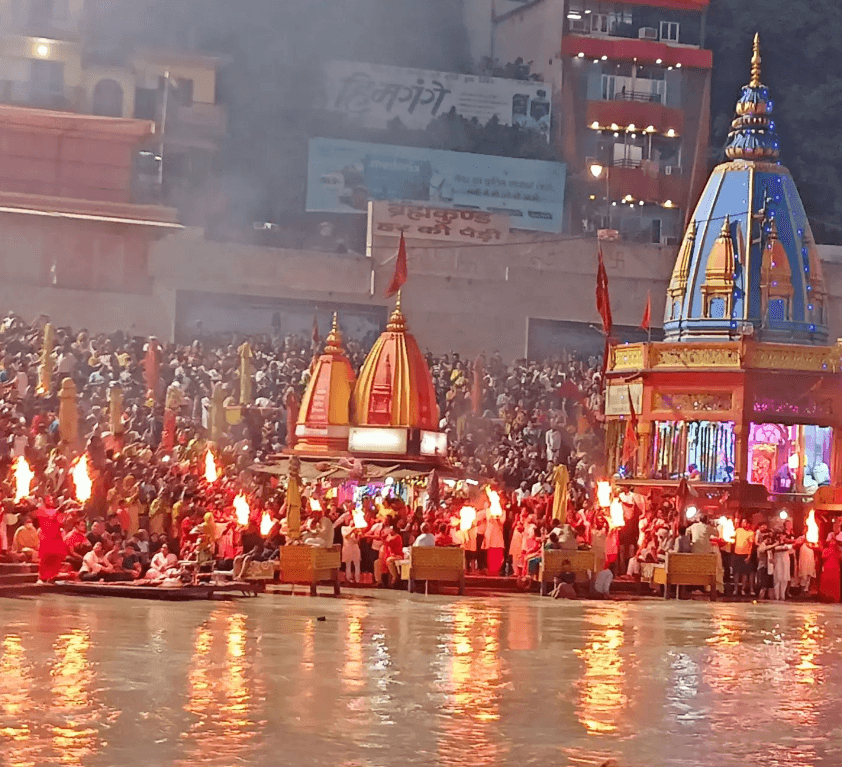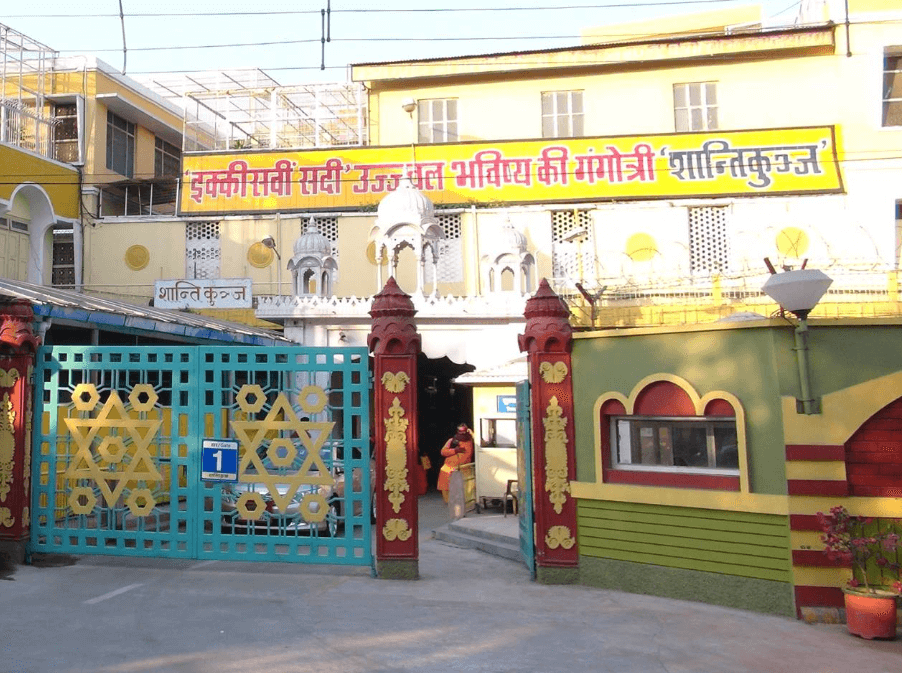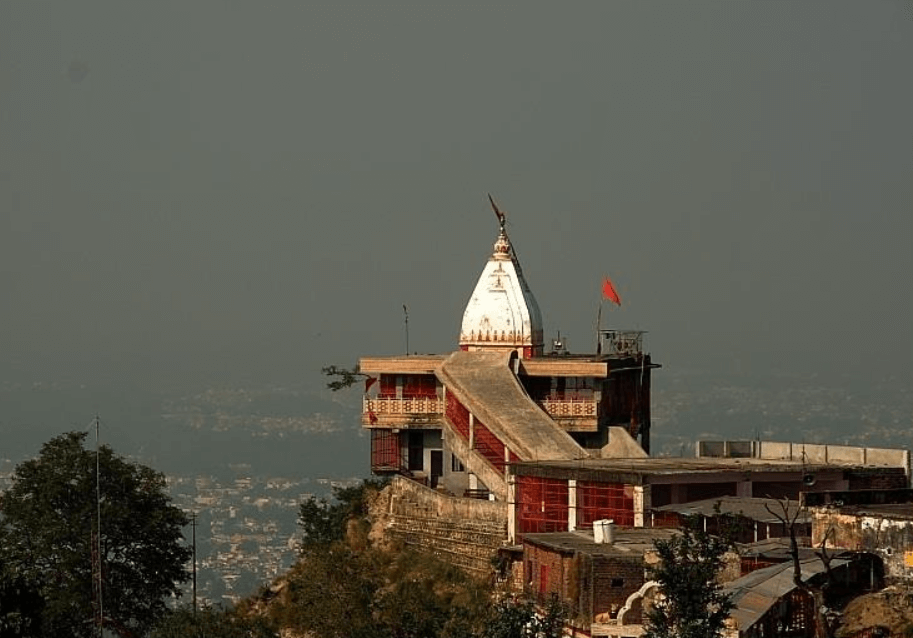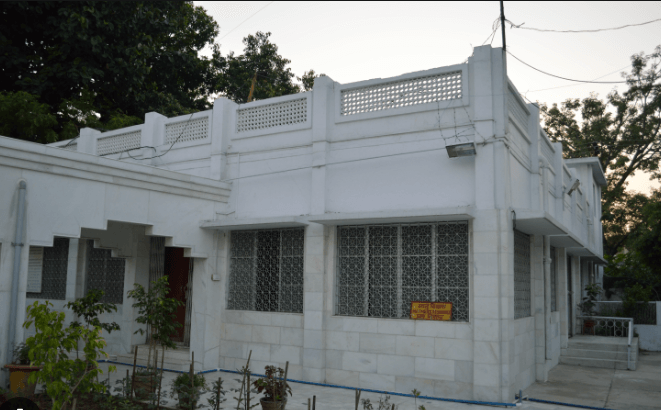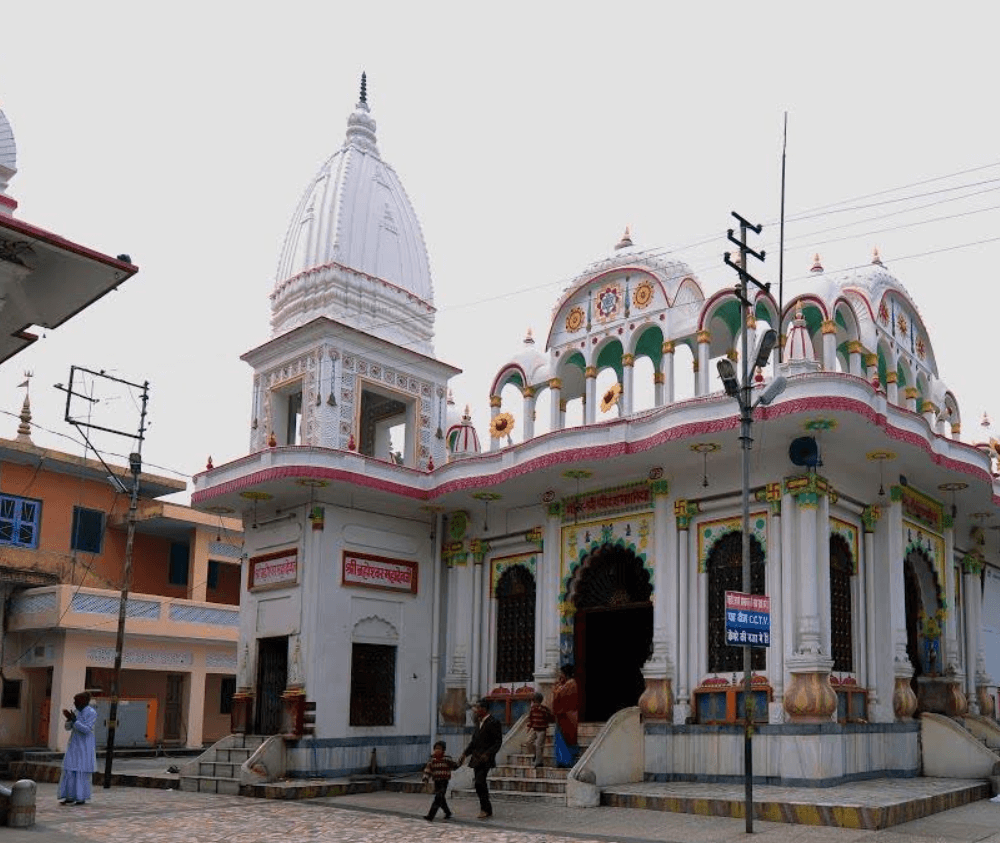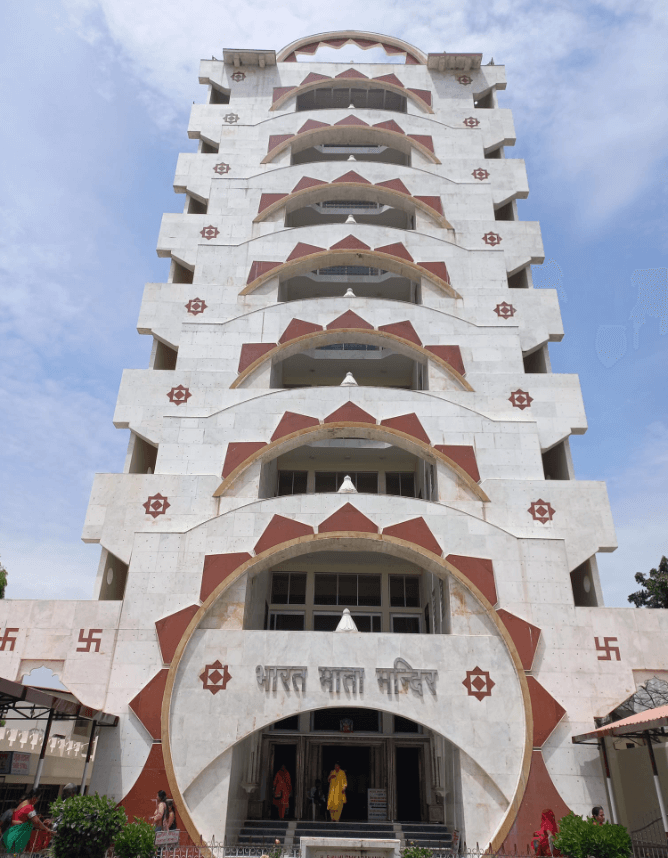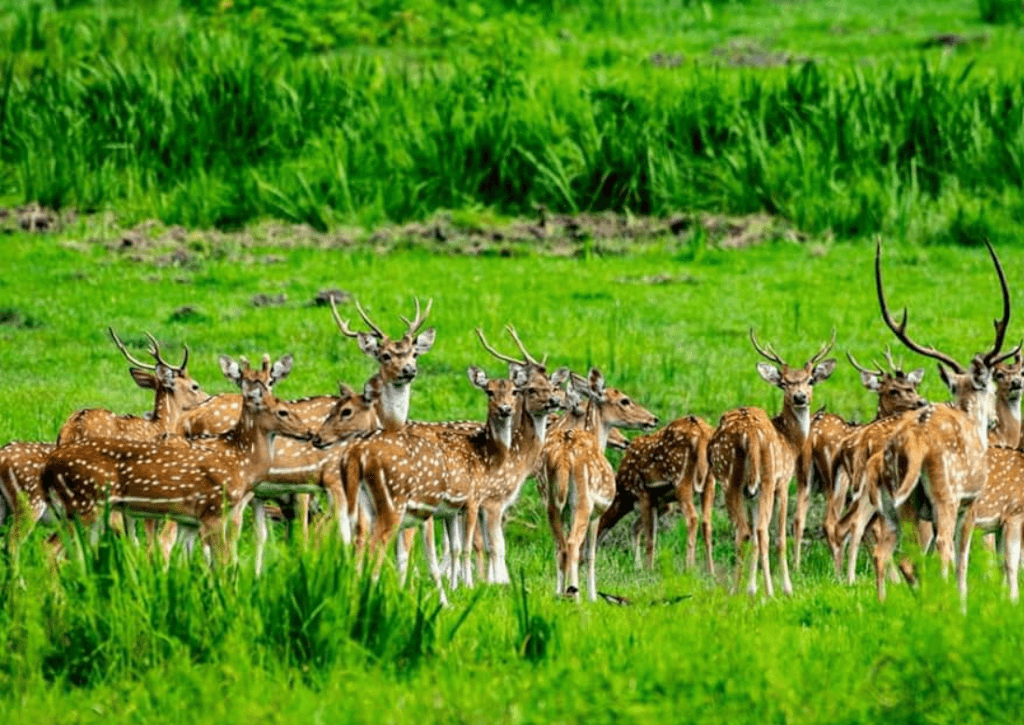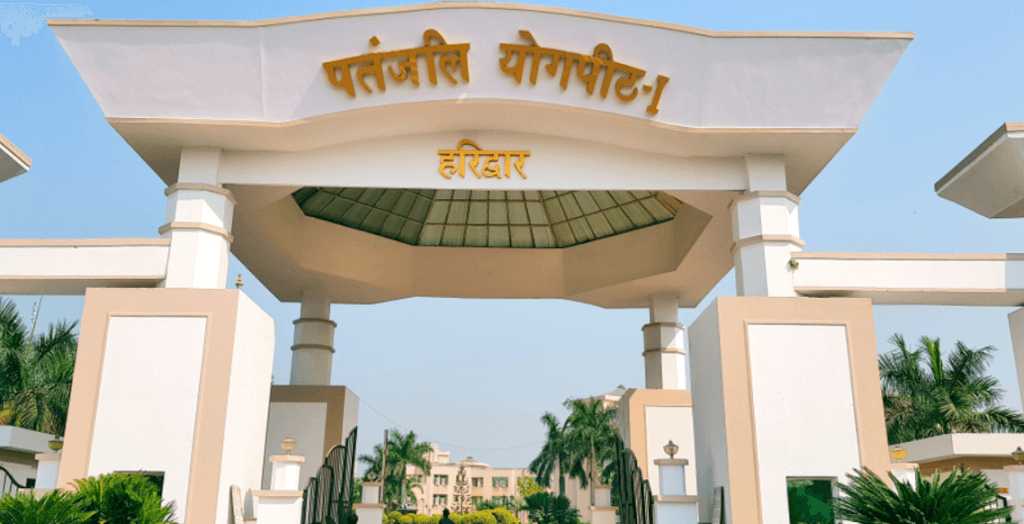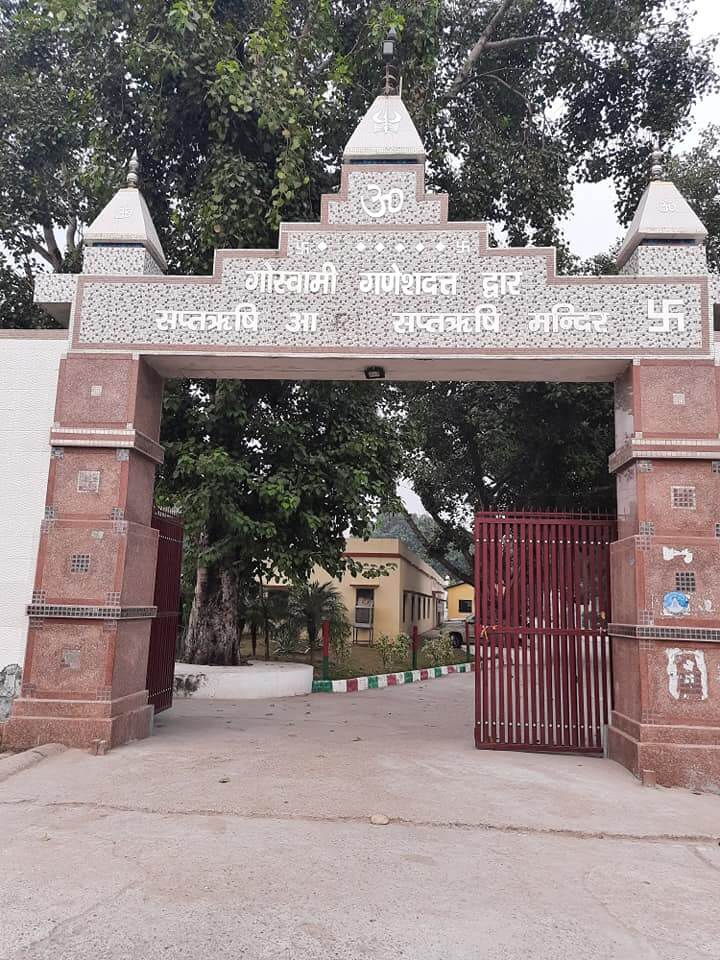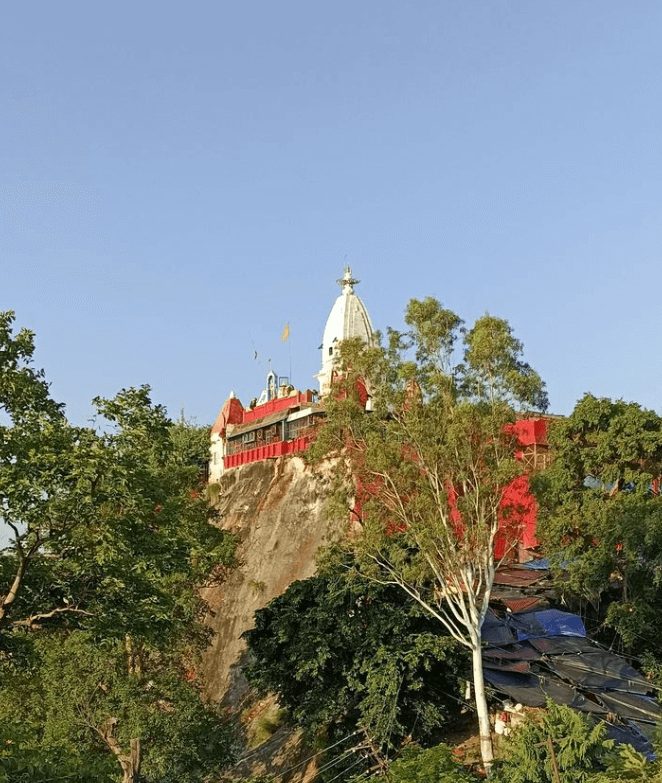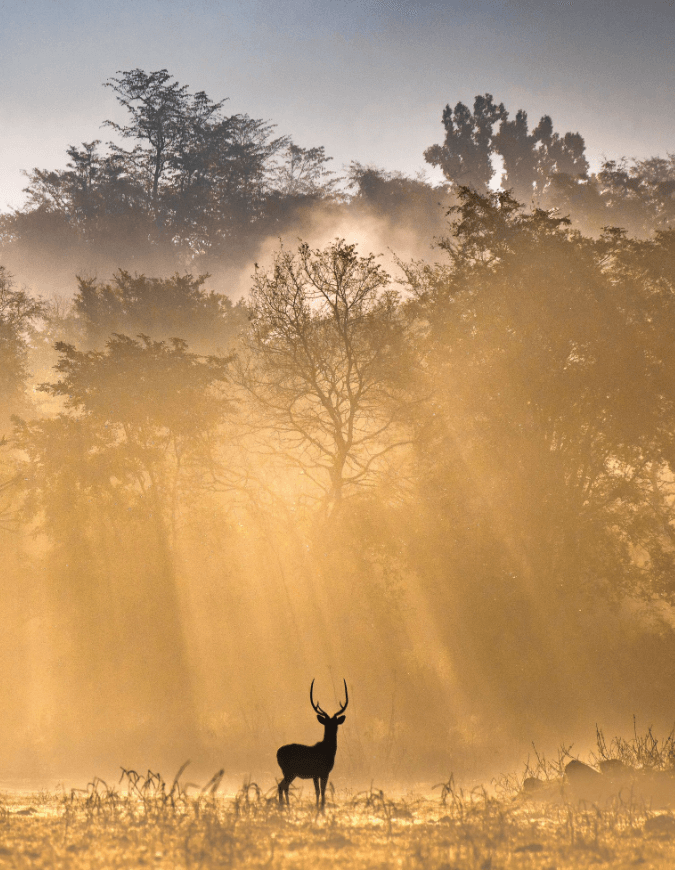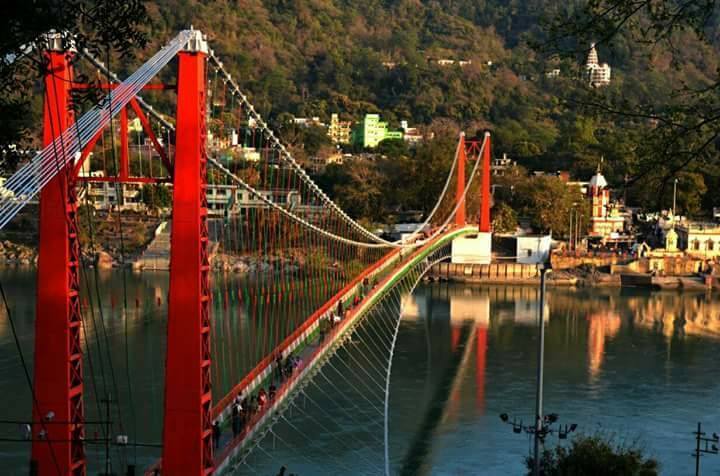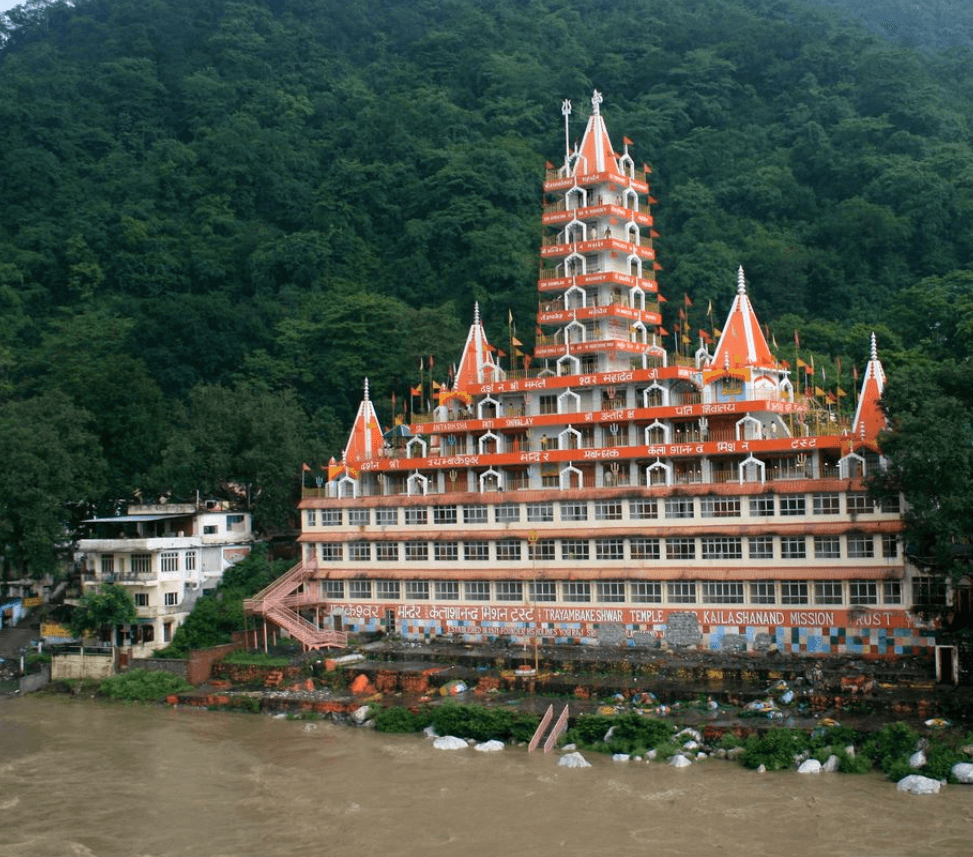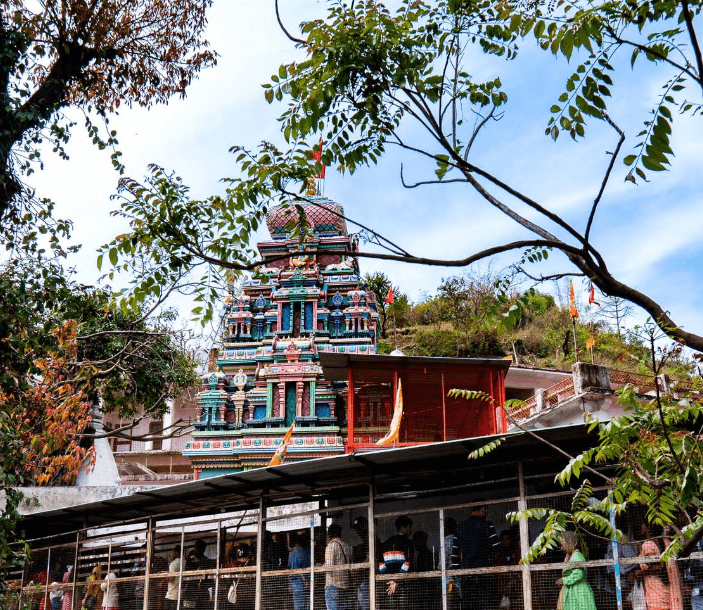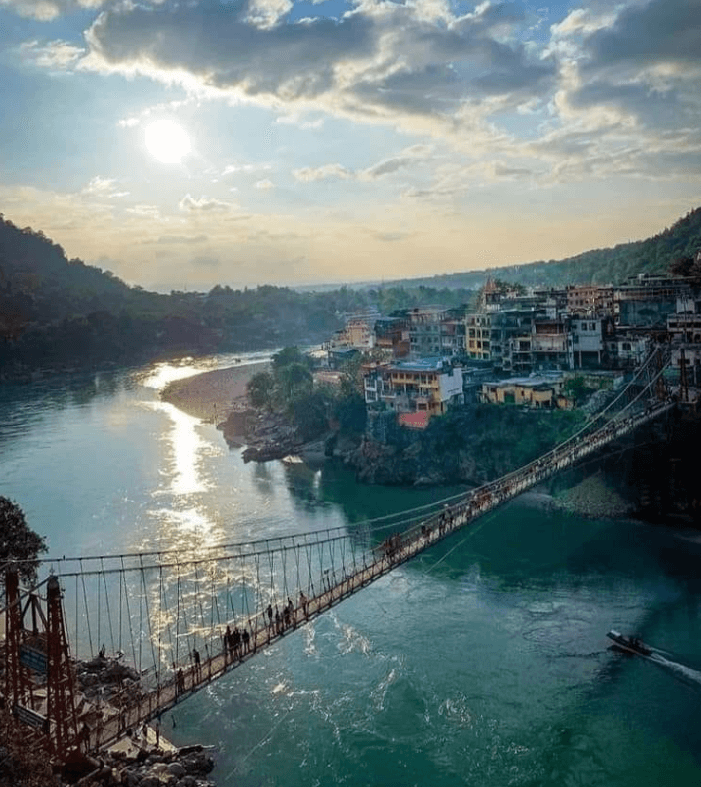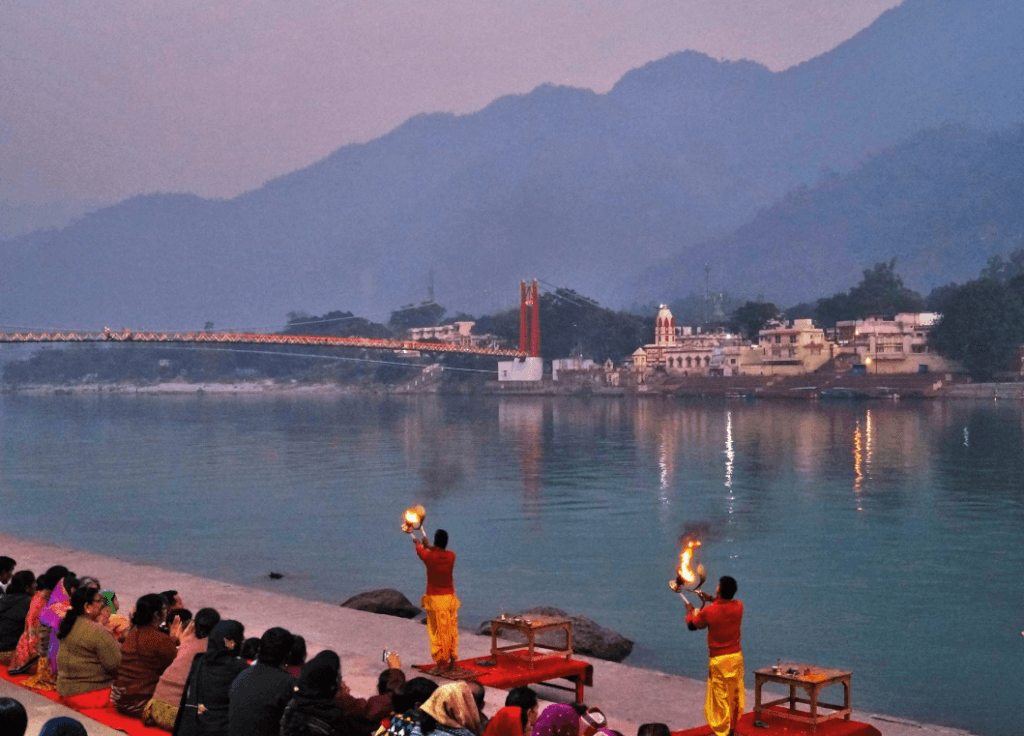Deoban, also known as Devban, is a captivating destination near Chakrata town, renowned for its picturesque beauty. The name itself, meaning ‘God’s own Forest,’ accurately captures the serene and tranquil atmosphere that envelops this region, providing visitors with a sense of inner calmness.
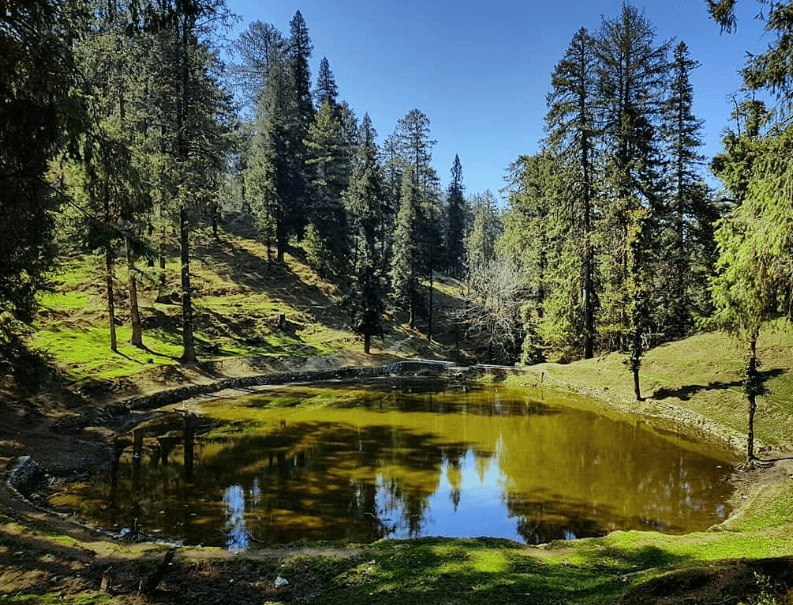
Deoban In Chakrata
Deoban is a captivating destination near Chakrata town (Dehradun).It Situated at an elevation ranging from 2200 meters to 3025 meters above sea level, Deoban offers breathtaking views of the surrounding hilly terrains. The highest peak in Devban is Vyas Shikhar, which stands at an impressive altitude. From this vantage point, visitors are treated to marvelous panoramas of the Himalayan mountains, adding to the overall charm of the area. Deoban’s appeal lies not only in its natural beauty but also in the sense of peace and tranquility it imparts to those who venture to explore its enchanting landscapes. Whether seeking a peaceful retreat or a chance to witness the awe-inspiring beauty of the Himalayas, Deoban stands as a perfect destination for nature lovers and seekers of serene environments.
Activities In Deoban
One notable feature is Vyas Shikhar, the highest peak in Devban, which allows visitors to experience marvelous Himalayan views from its summit. Apart from enjoying the scenic beauty, there are various activities that visitors can engage in while at Deoban:
Trekking: The hilly terrains and diverse landscapes make Deoban an ideal destination for trekking enthusiasts. The trails offer a mix of adventure and natural beauty, providing a memorable trekking experience.
Nature Walks: Explore the enchanting forests and meadows surrounding Deoban with leisurely nature walks. This allows visitors to appreciate the flora and fauna of the region while enjoying the peaceful atmosphere.
Bird Watching: Deoban’s forests are likely to be home to a variety of bird species. Bird watching enthusiasts can bring their binoculars and enjoy spotting different birds in their natural habitat.
Camping: Enjoy the tranquility of Deoban by camping amidst nature. Camping allows visitors to connect with the surroundings and experience the beauty of the night sky away from urban lights.
Picnics: Families and groups can have a delightful picnic amidst the scenic landscapes. Enjoy the cool mountain air while having a meal surrounded by nature.
Adventure Sports: Depending on the local infrastructure, there might be opportunities for adventure sports like rock climbing or rappelling, adding an extra element of excitement to the visit.
Near Place to Vist
How To Reach Sankri
Sankri is a picturesque village located in the Uttarkashi district of the Indian state of Uttarakhand. It serves as a…
Tiger Falls
Tiger Falls is a popular waterfall located near Chakrata in the Dehradun district of Uttarakhand, India. Tiger Falls is situated…
Mindrolling Monastery
Mindrolling Monastery is a prominent Tibetan Buddhist monastery located in Dehradun, Uttarakhand, India. It is one of the six major…
Robber’s Cave
Robber’s Cave, also known as Guchhupani, is a popular tourist attraction in Dehradun, Uttarakhand, India. It is a unique natural…
How To Reach Deoban
By Road
Deoban is well-connected by road. You can either drive or take a bus from major cities in Uttarakhand. One common route is to take the NH7 or NH34 to reach Dehradun and then proceed towards Deoban.
By Train
The nearest railway station is Dehradun Railway Station, around 120 kilometers away from Deoban.From the railway station, you can hire a taxi or take a bus to reach your destination.
By Air
The nearest airport to Deoban is Jolly Grant Airport in Dehradun, which is approximately 135 kilometers away.From the airport, you can hire a taxi or use public transportation to reach Deoban.

